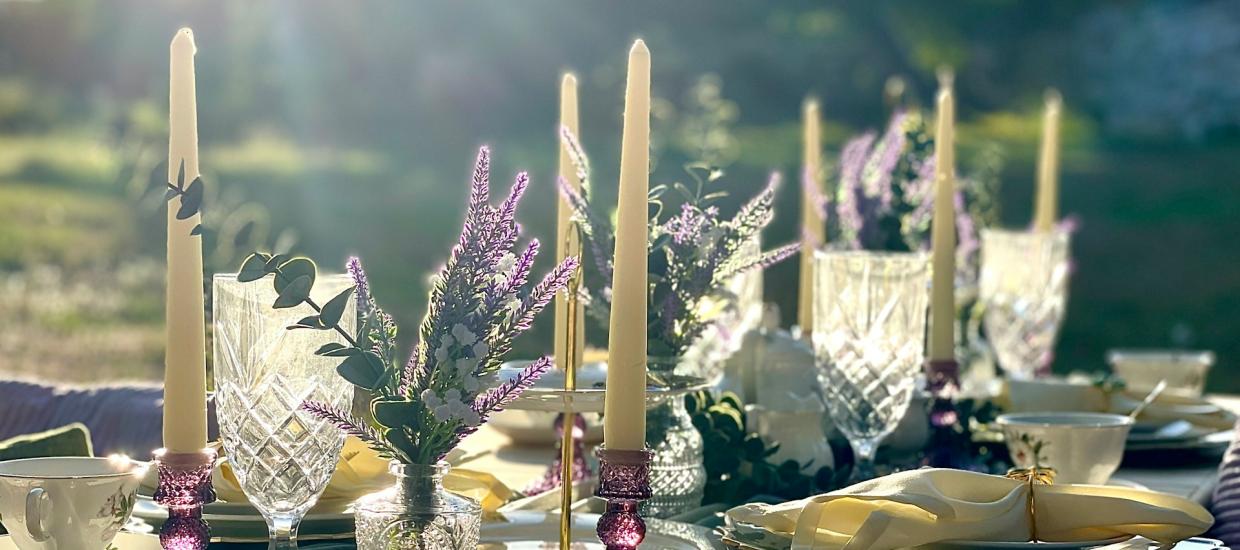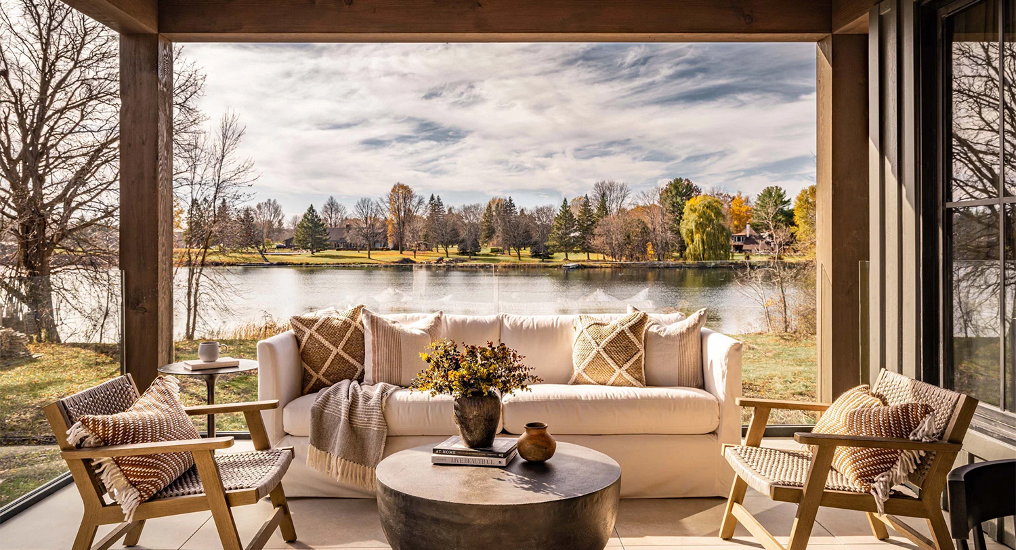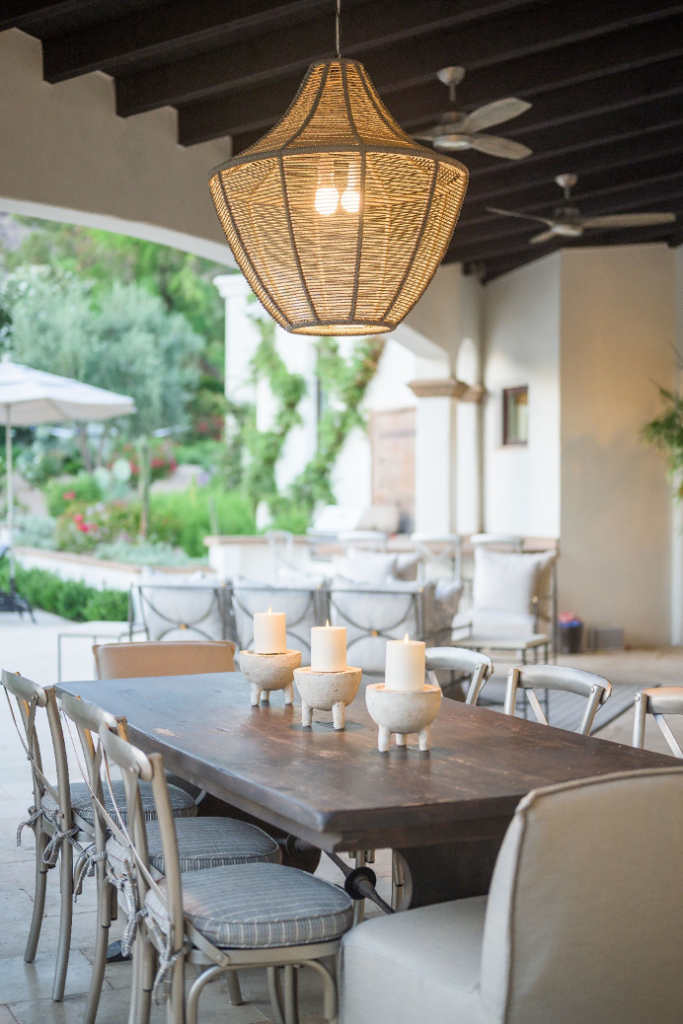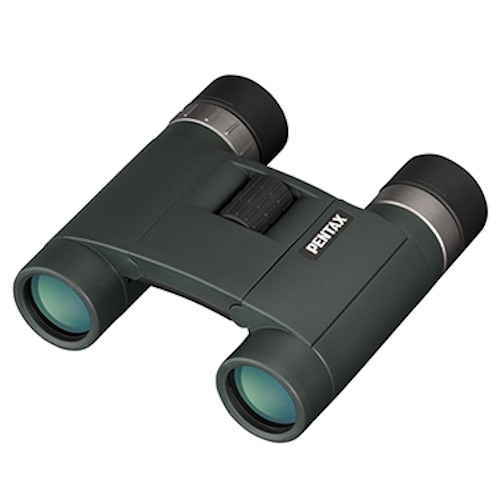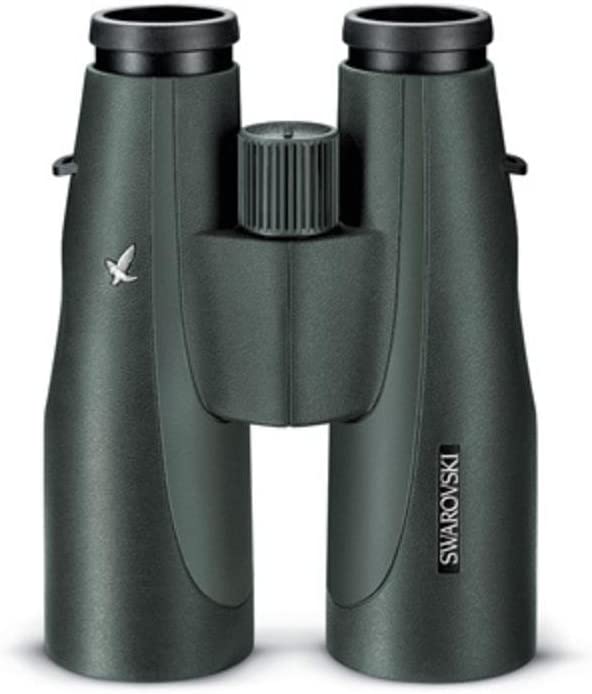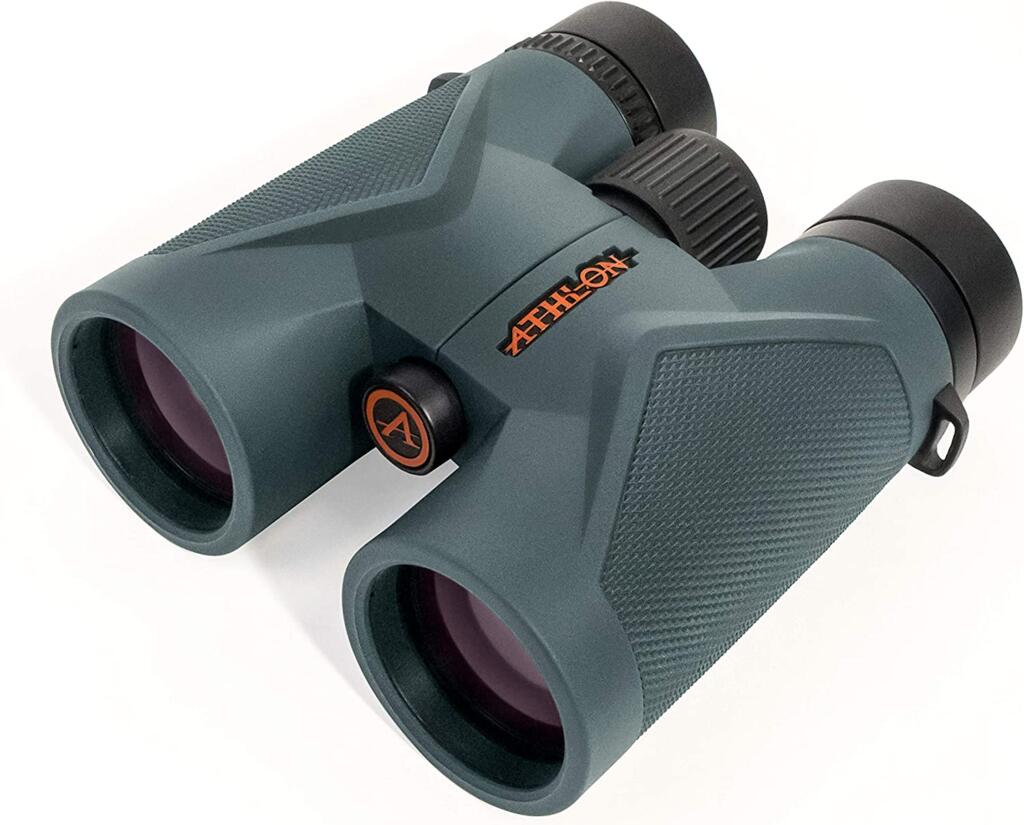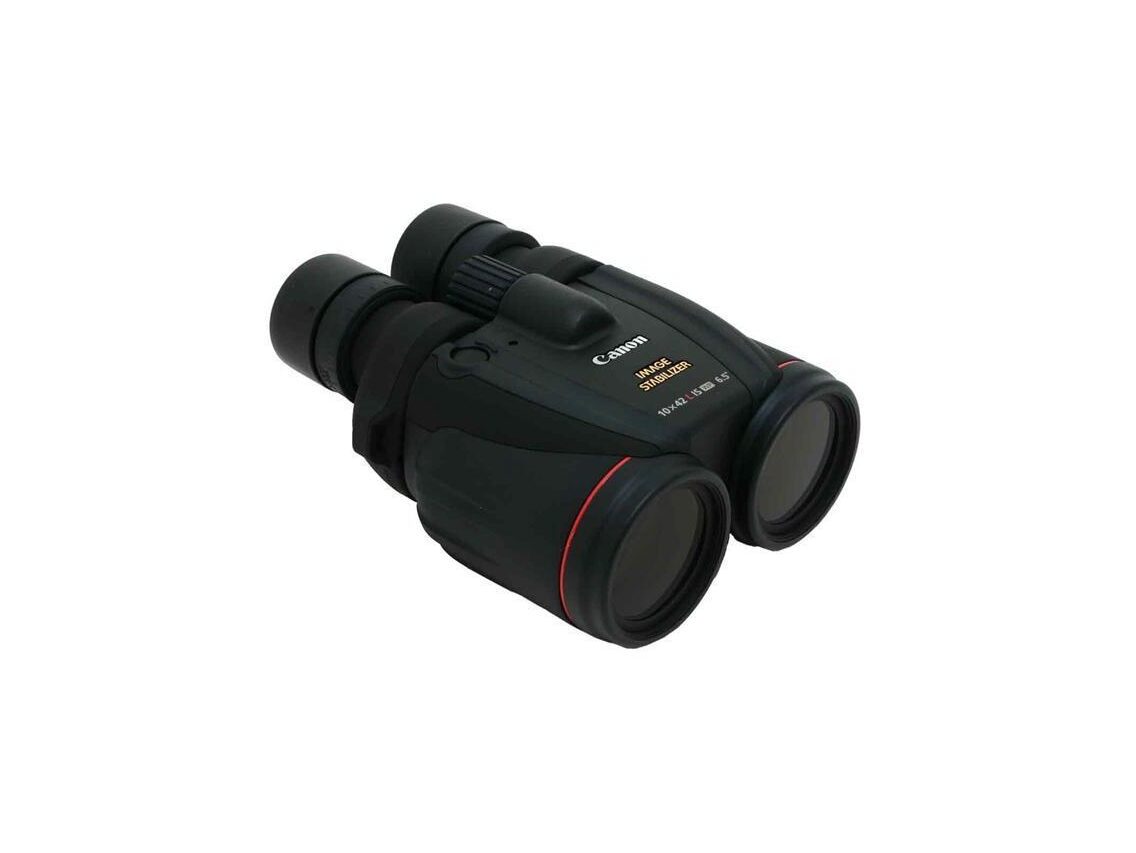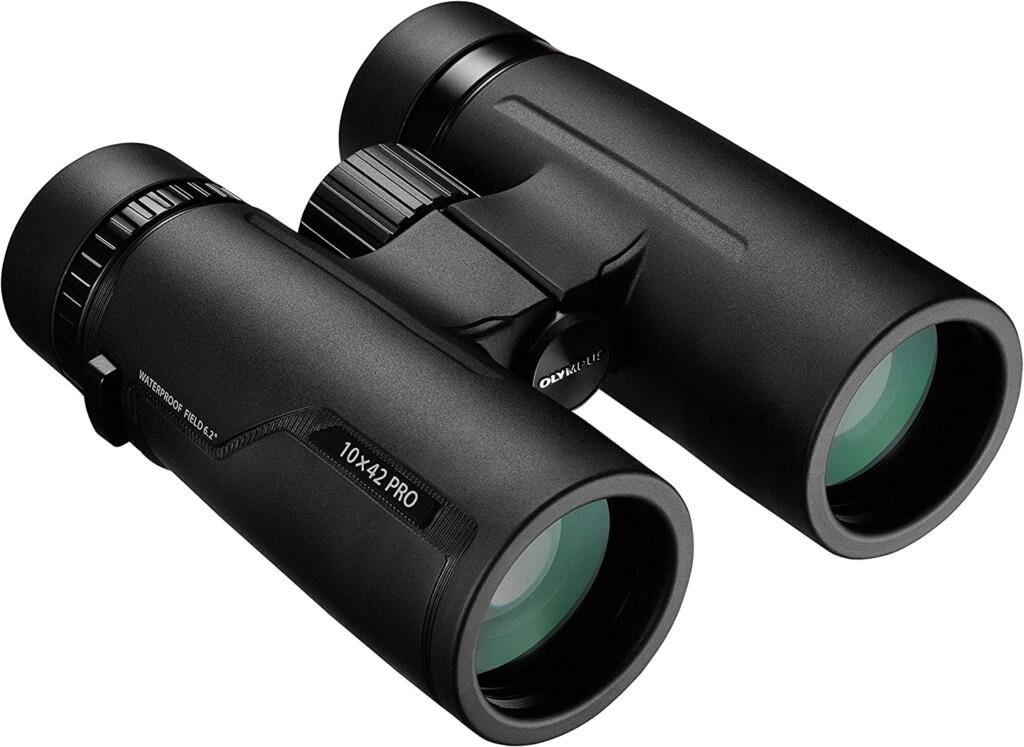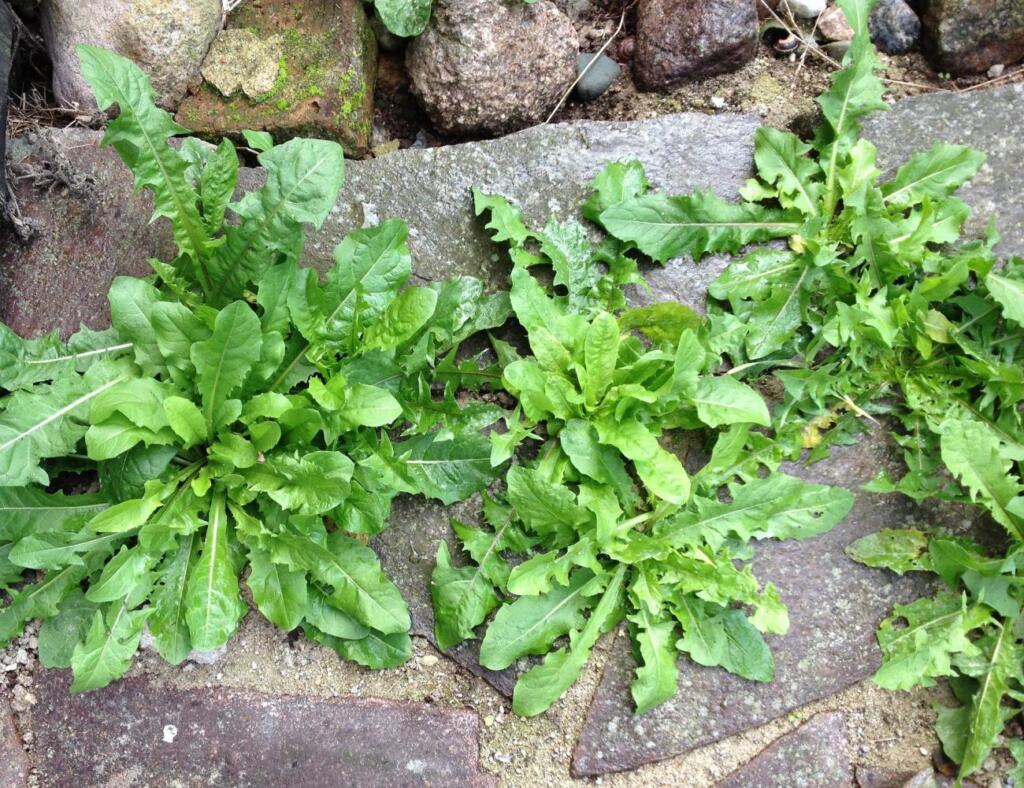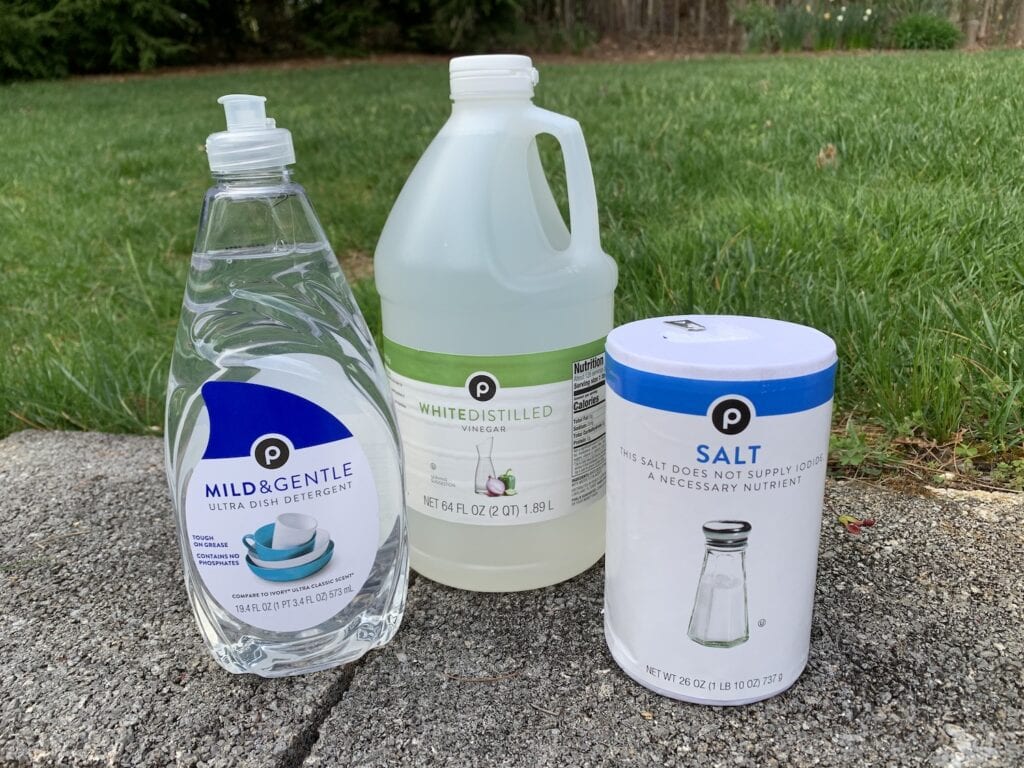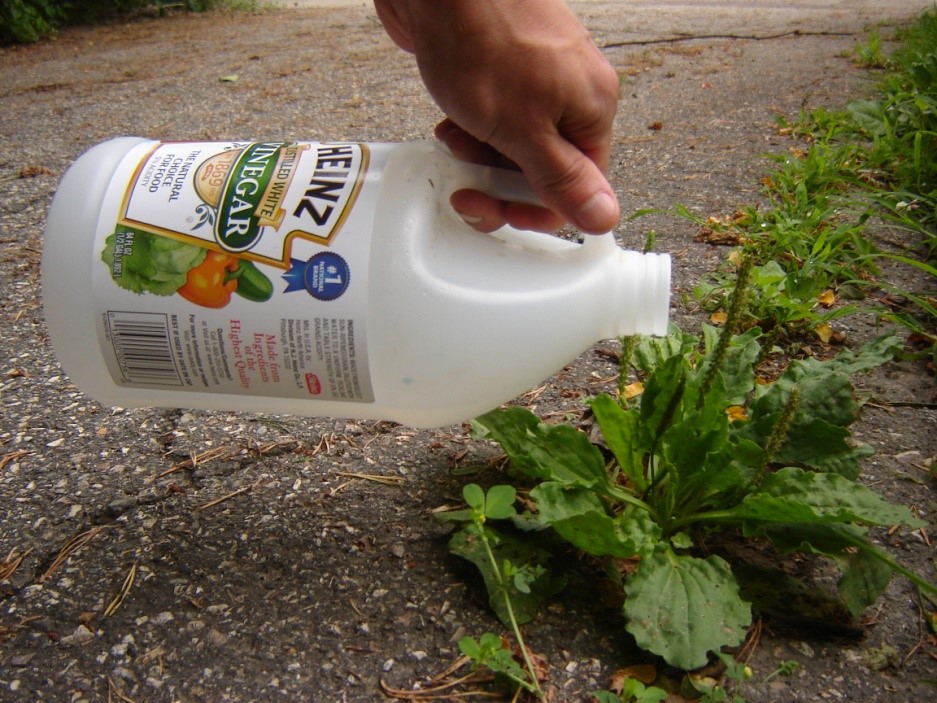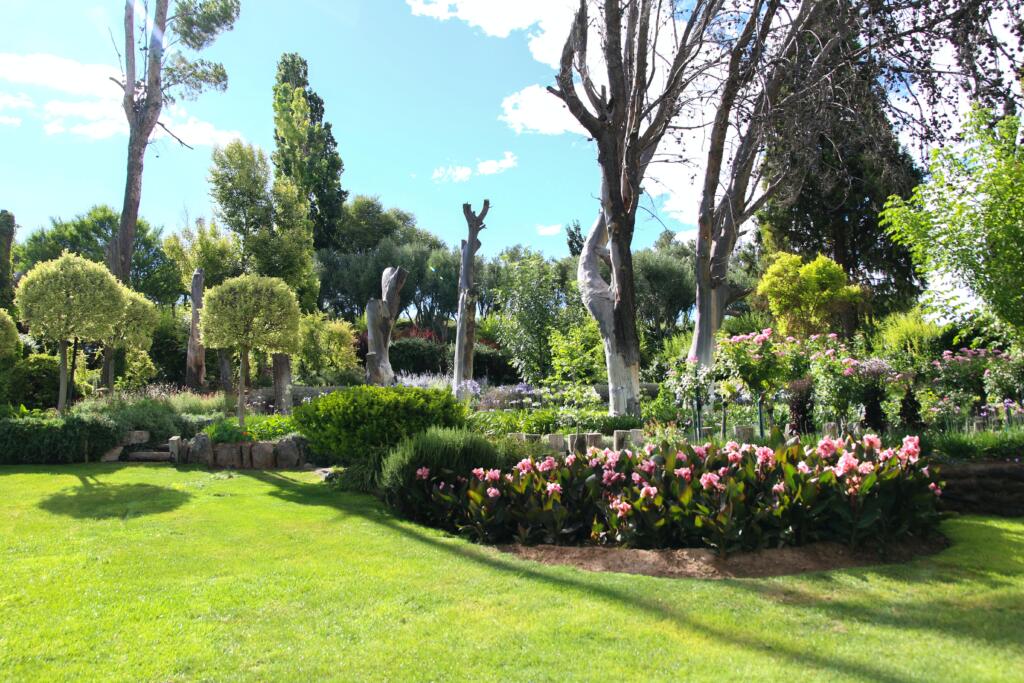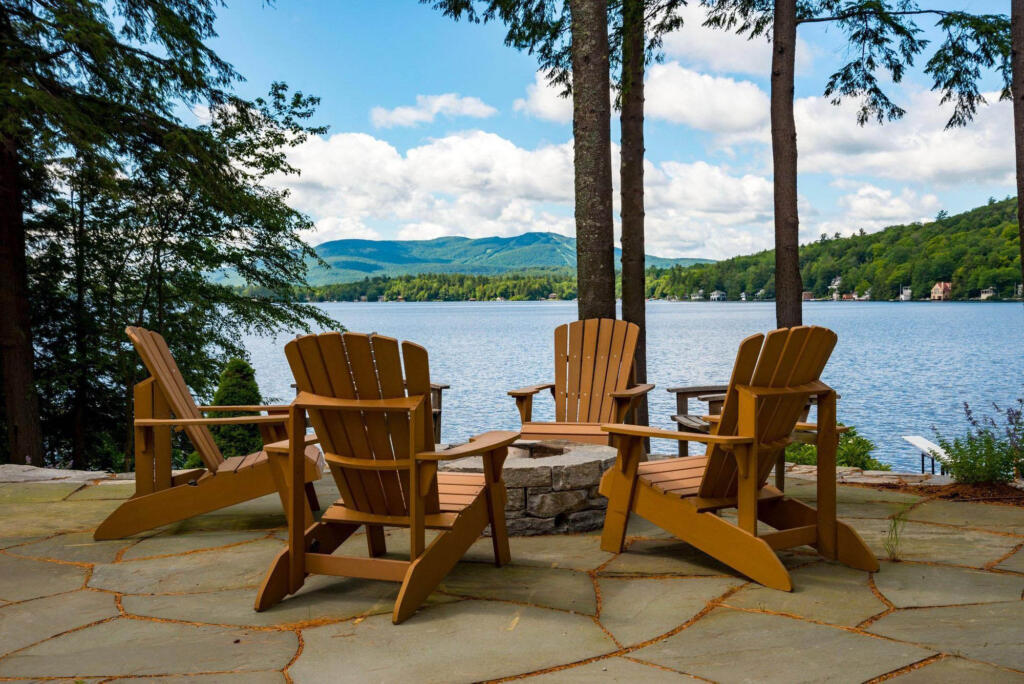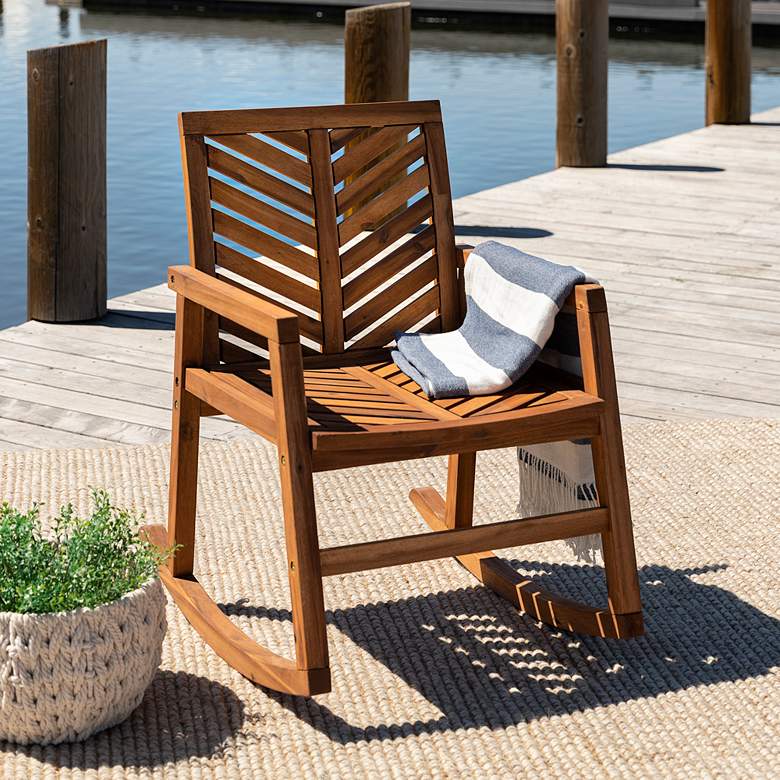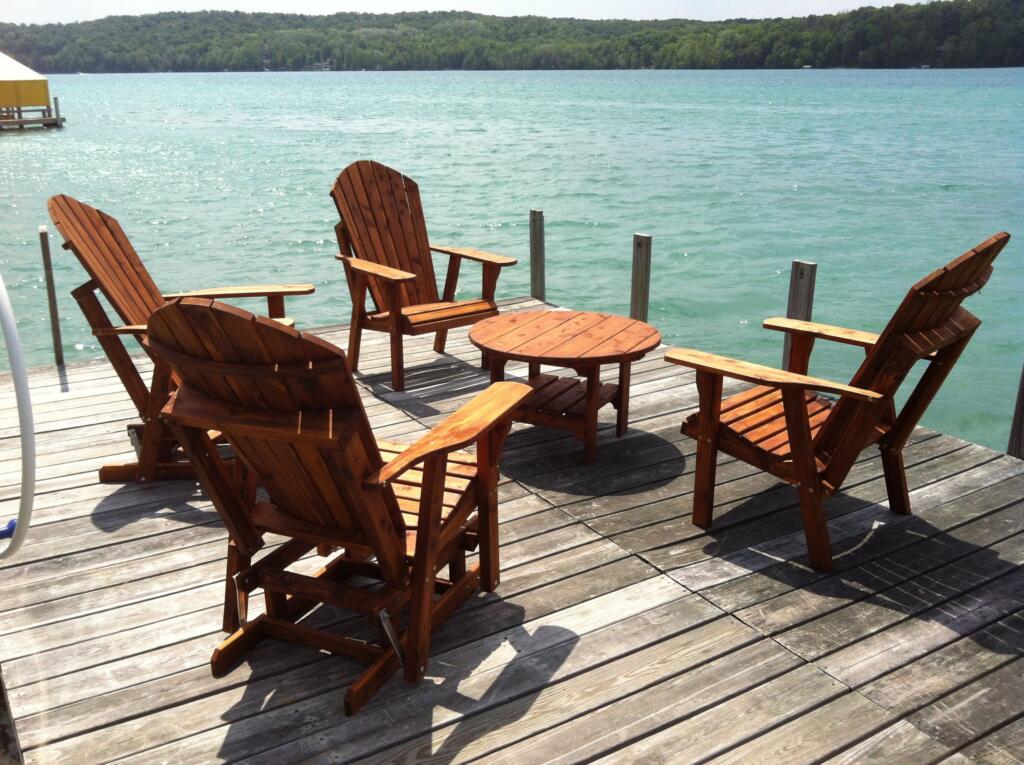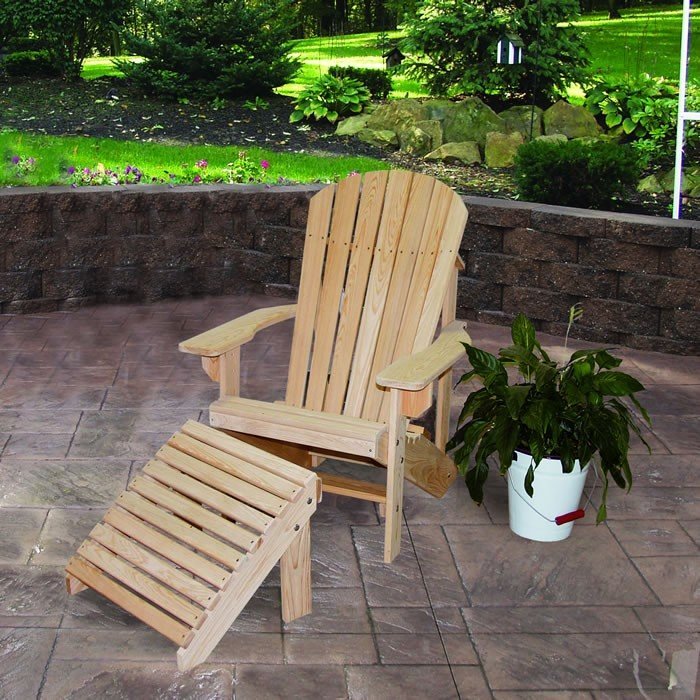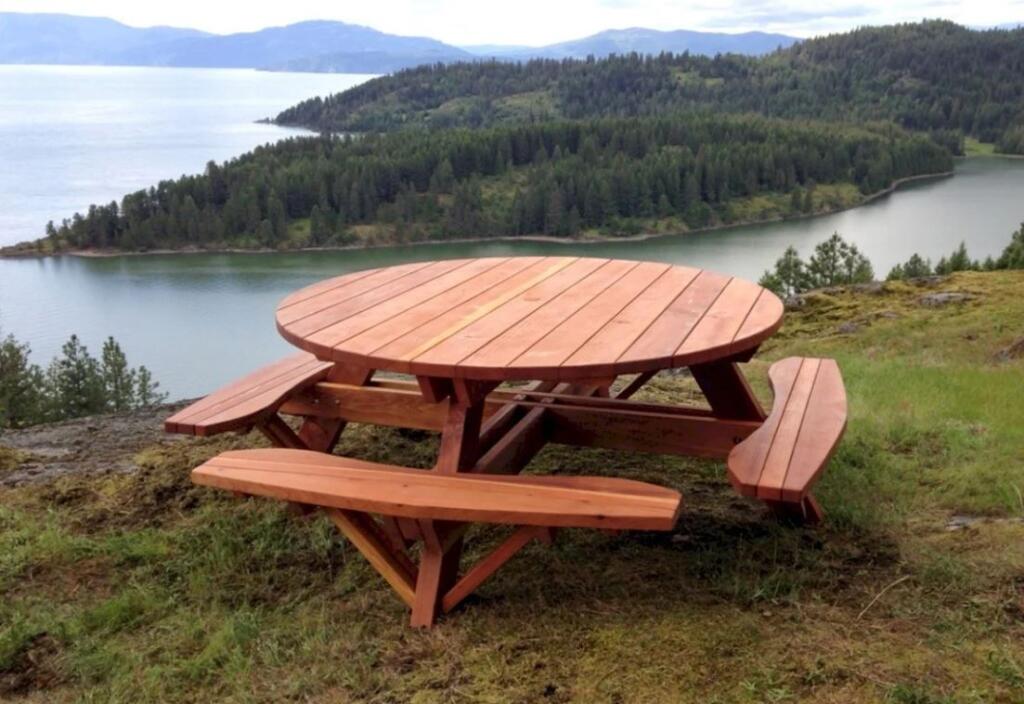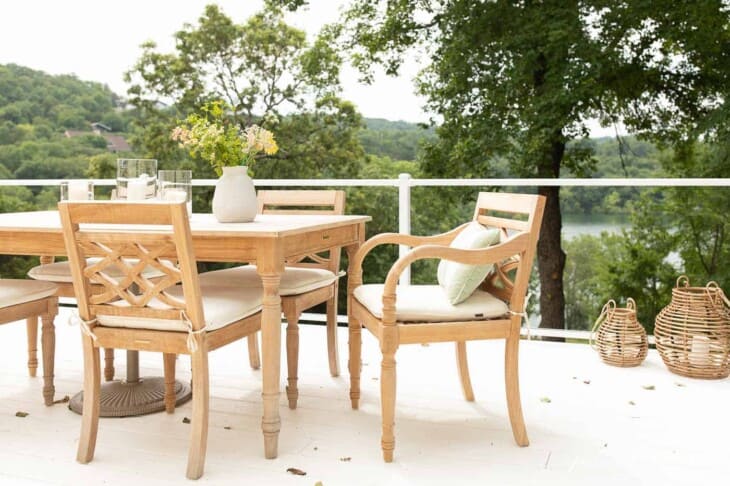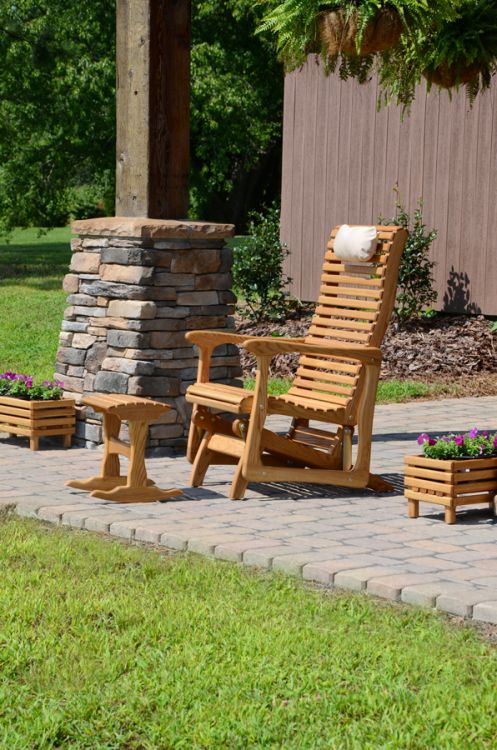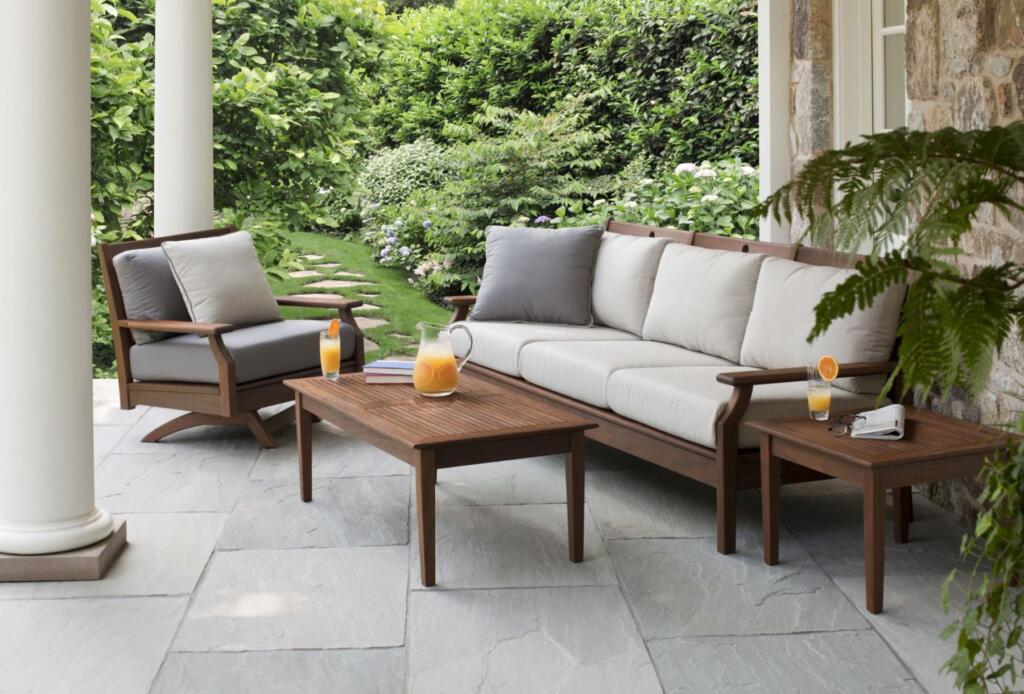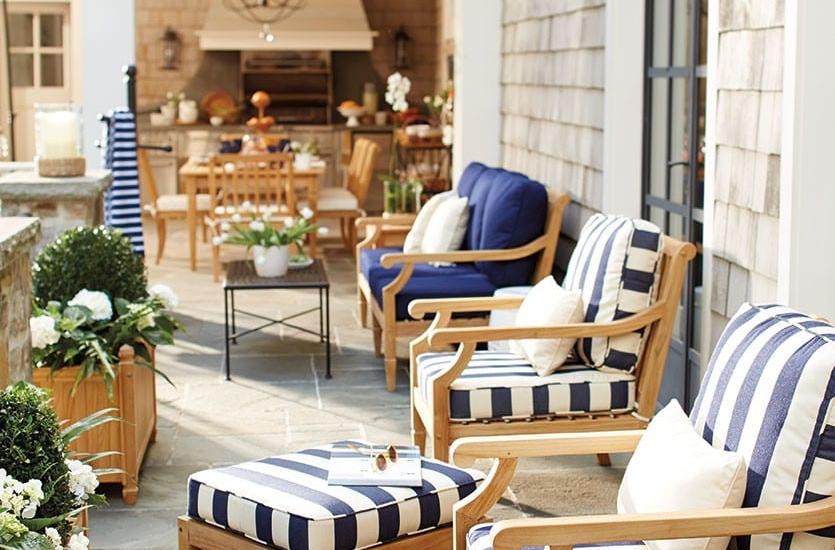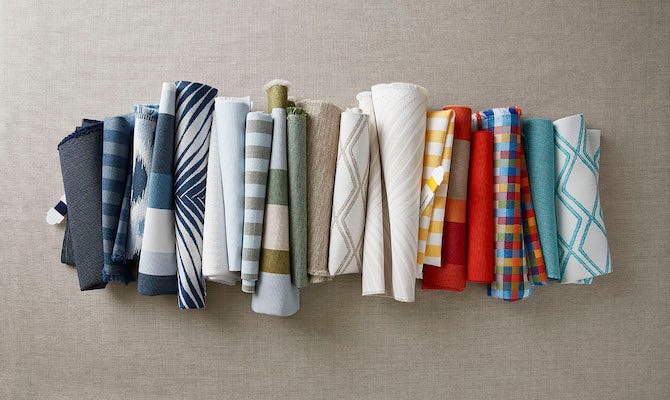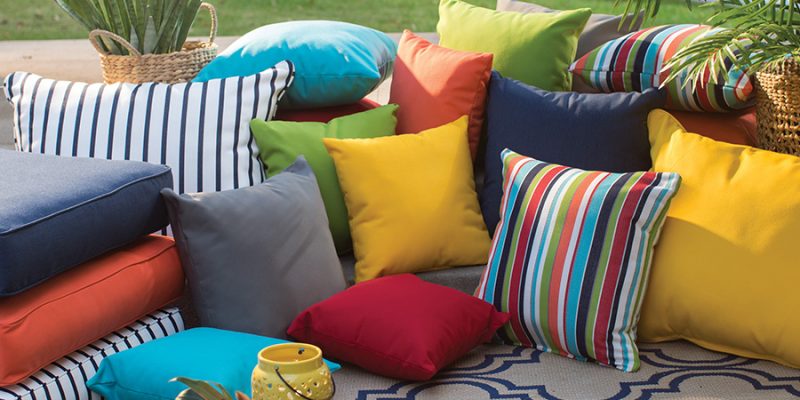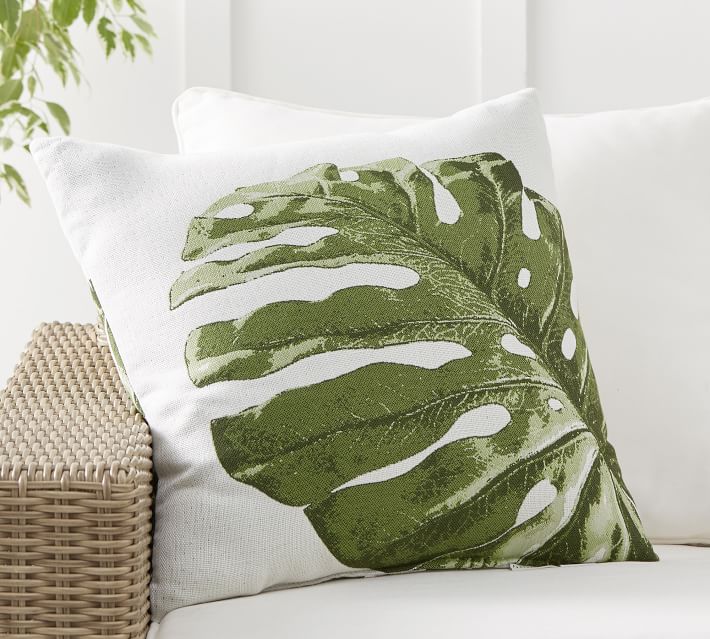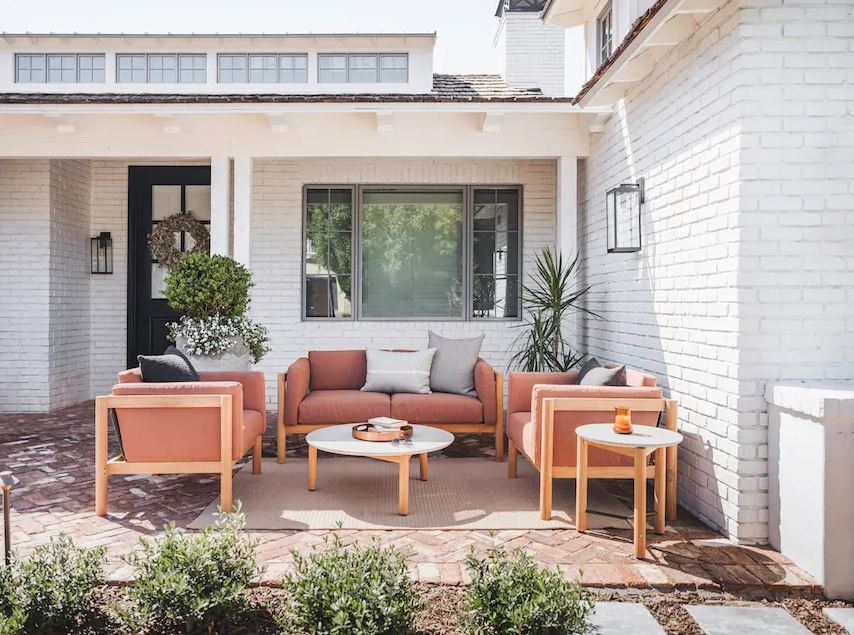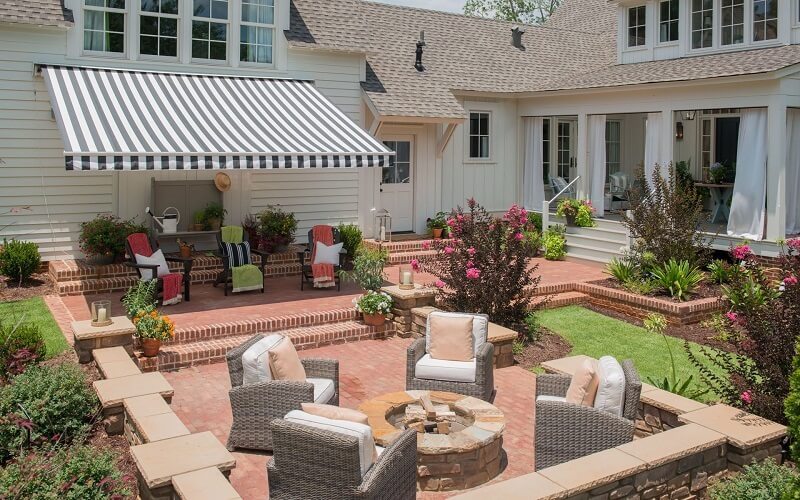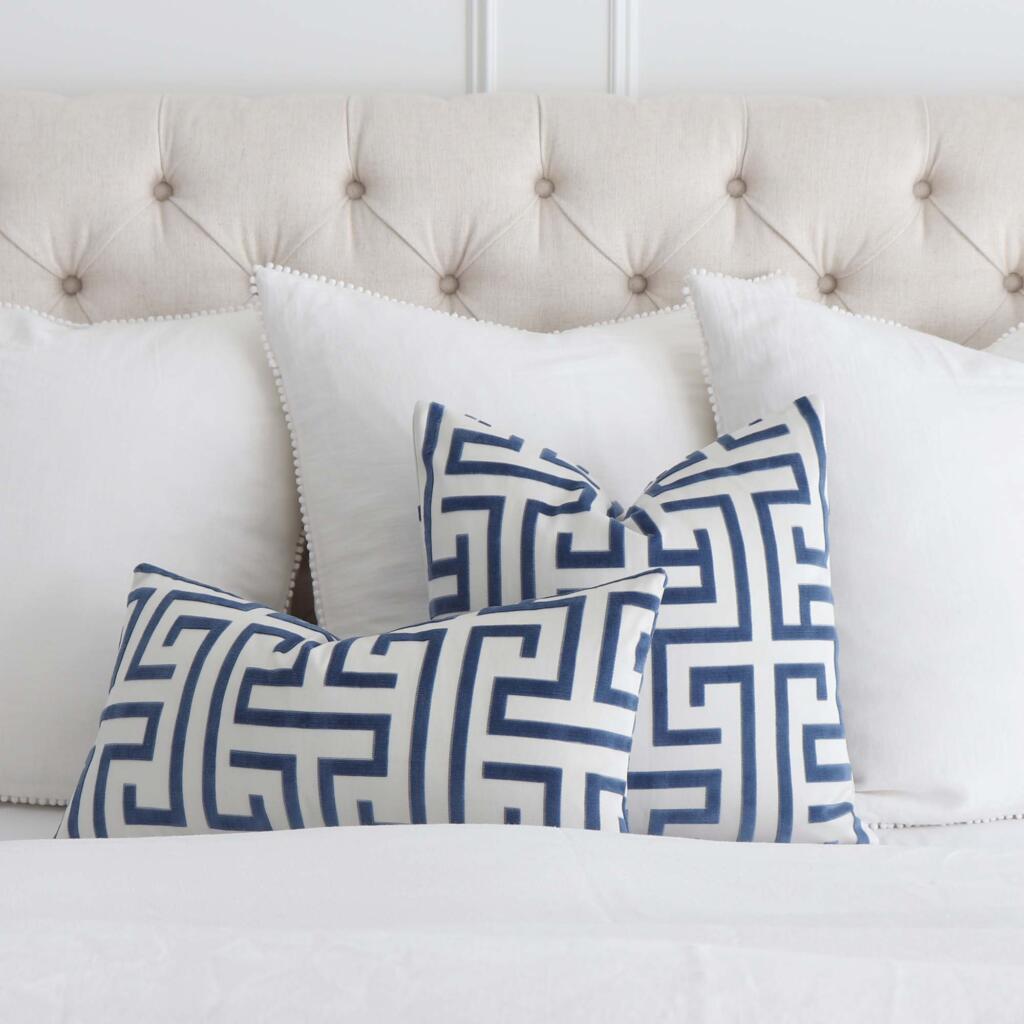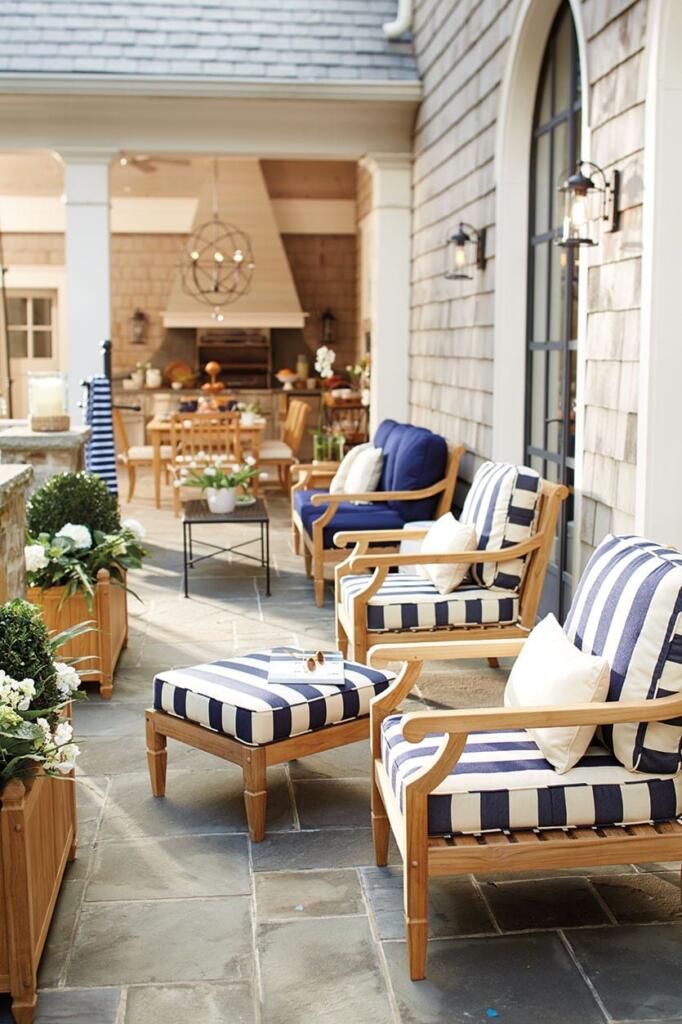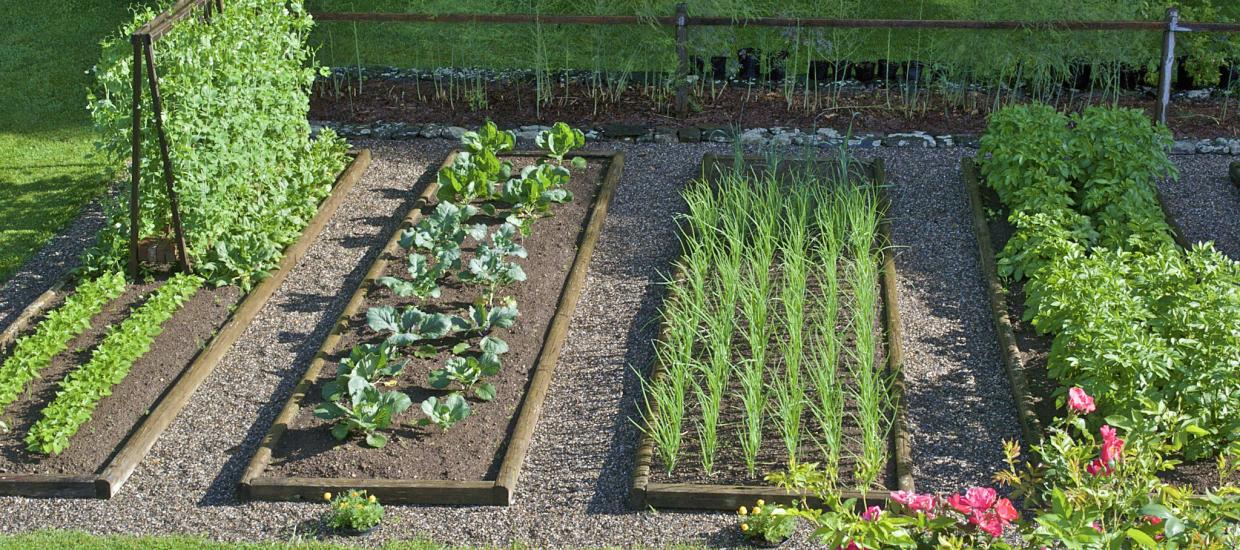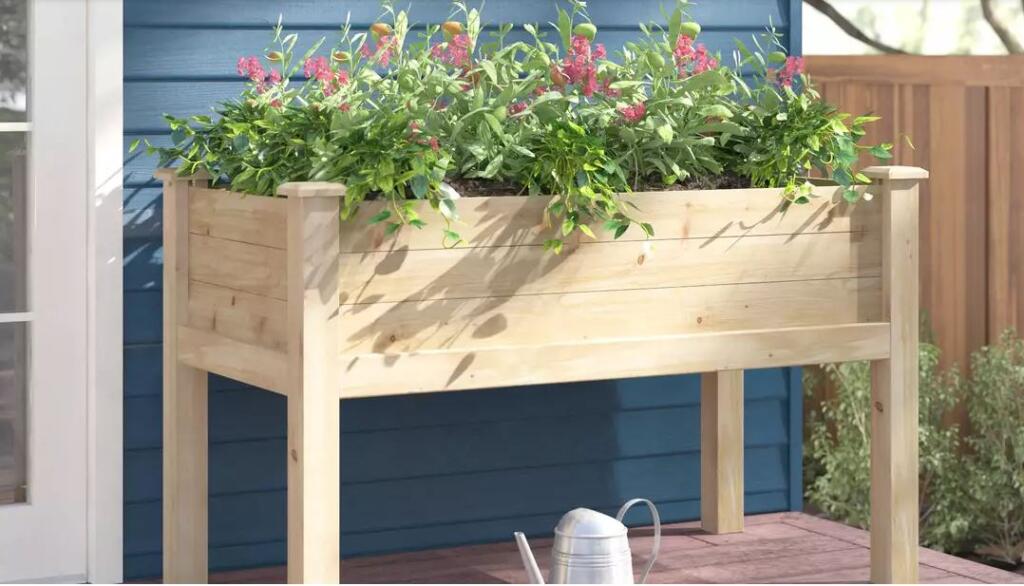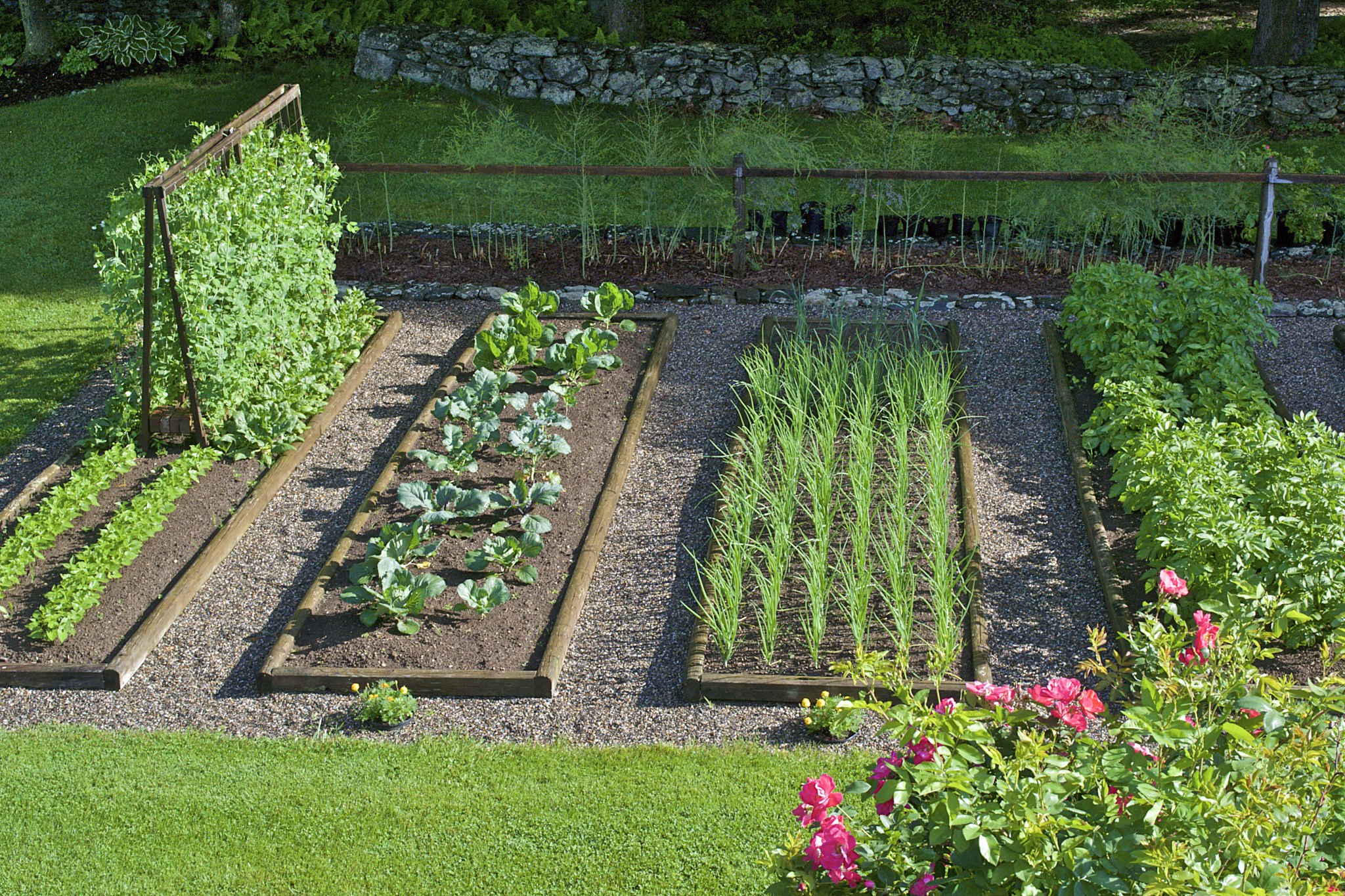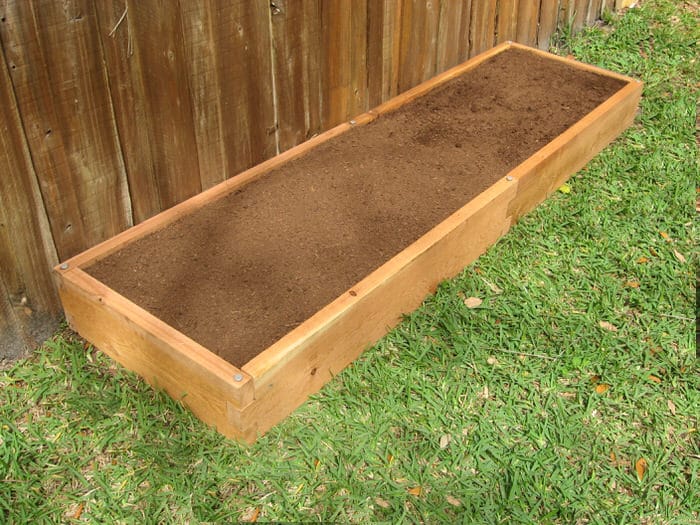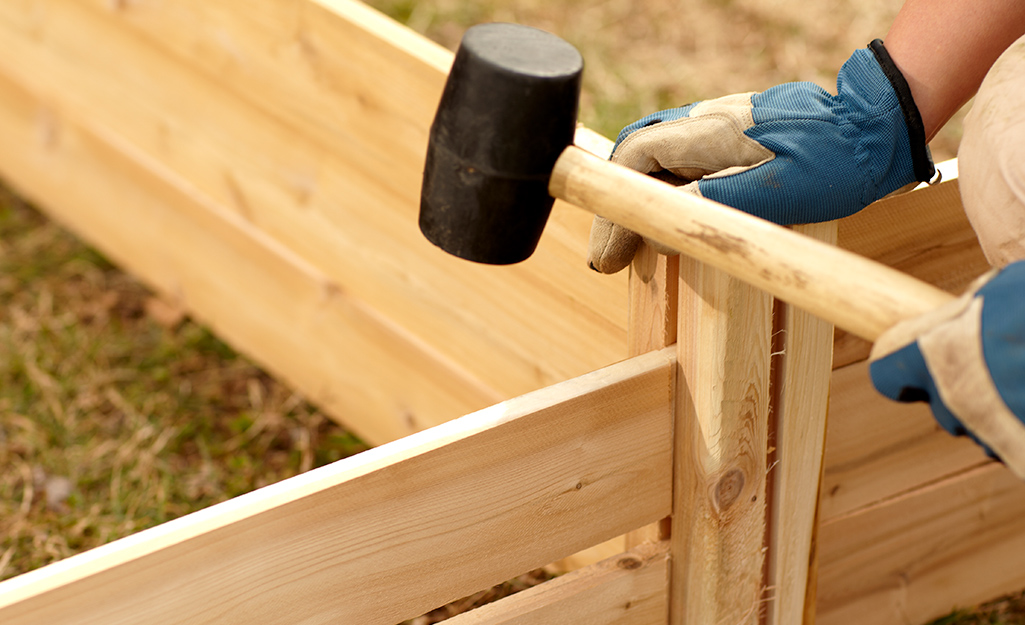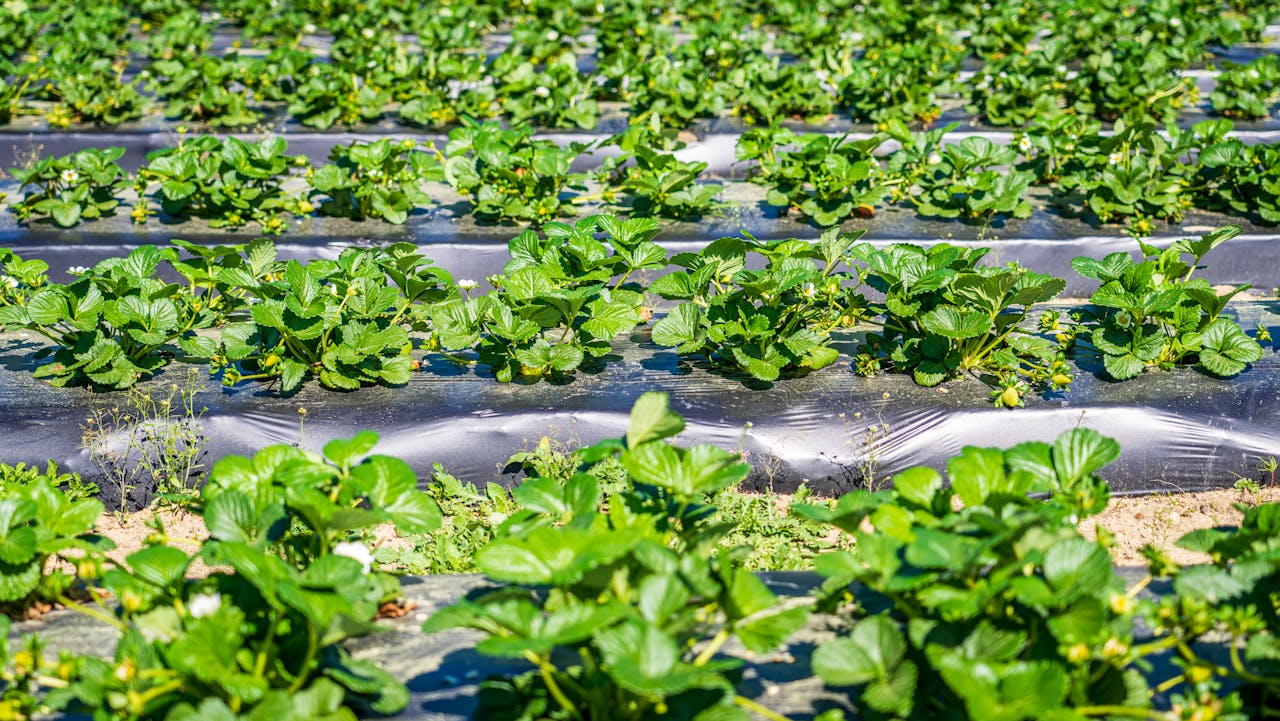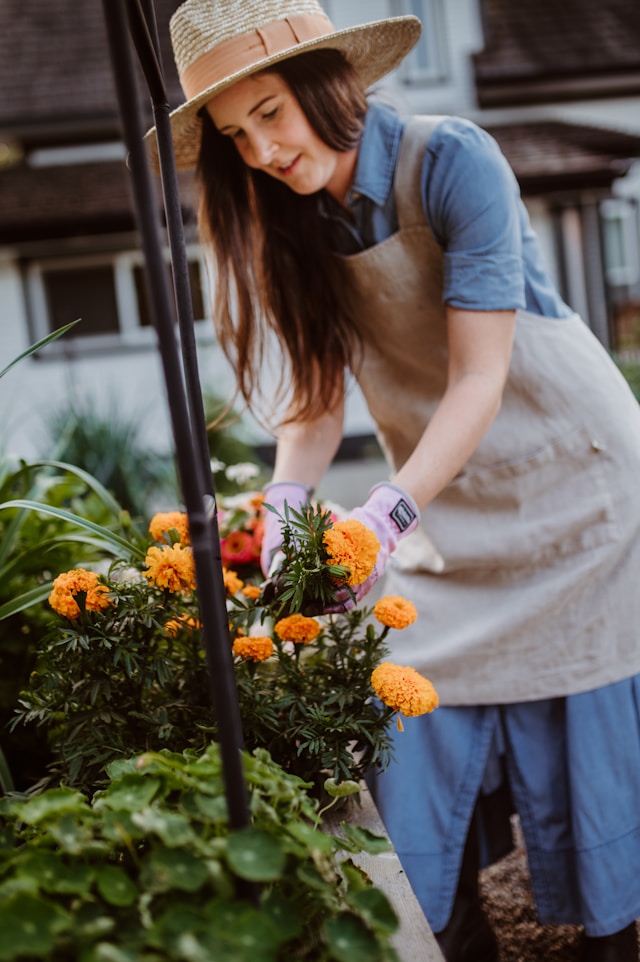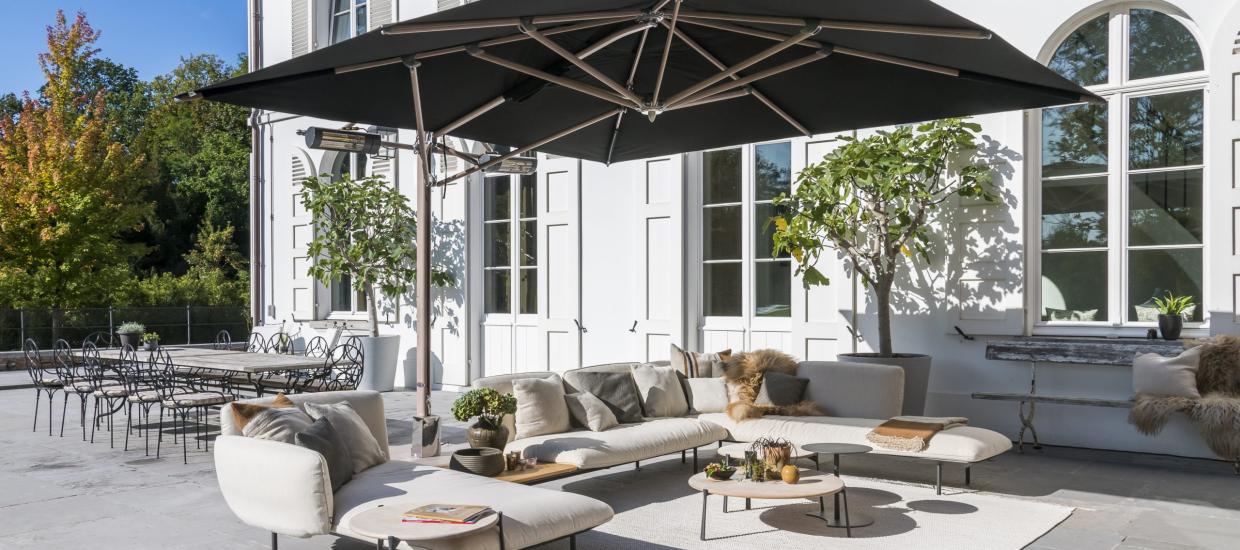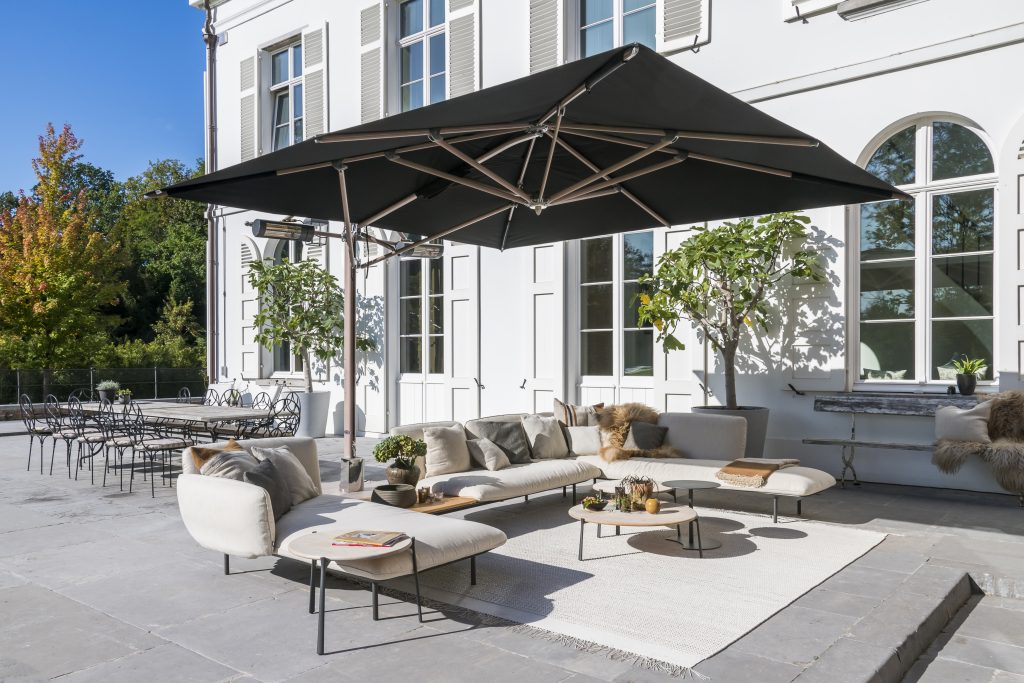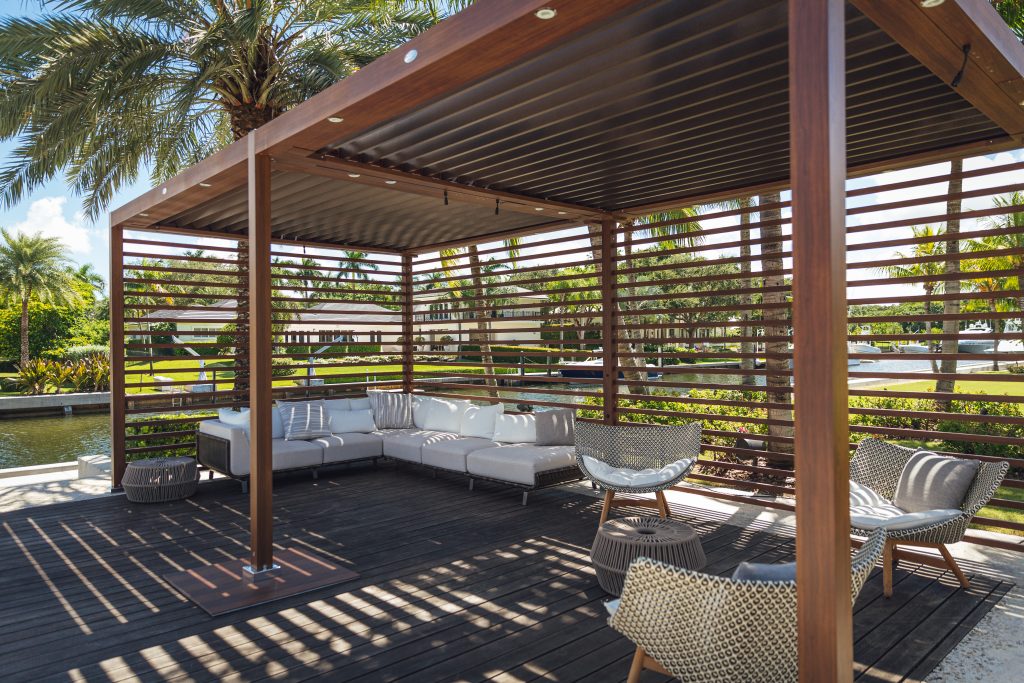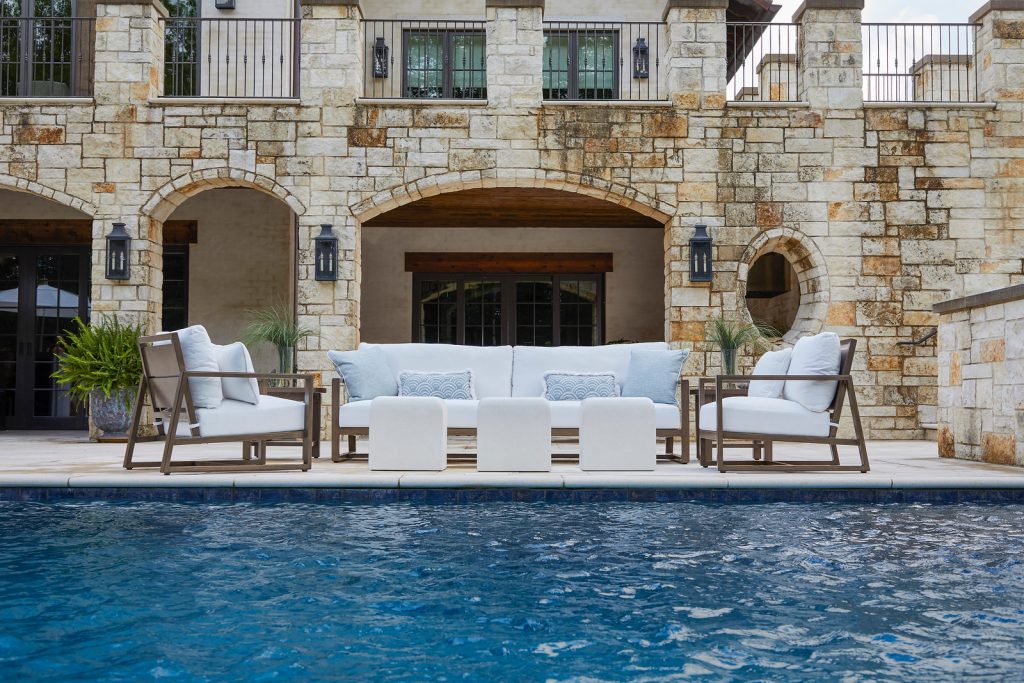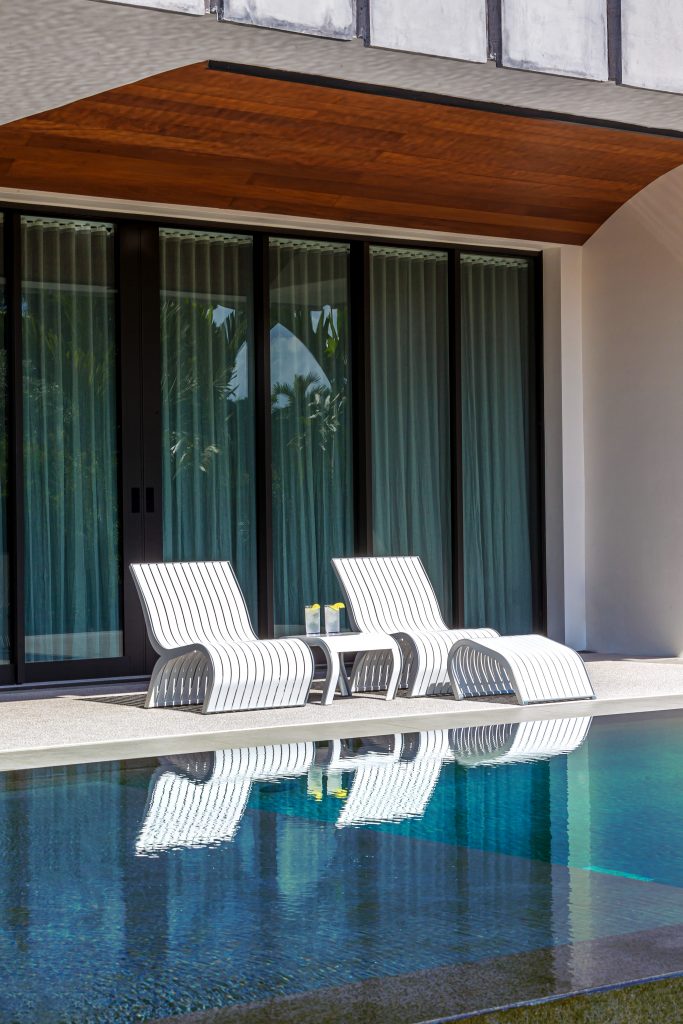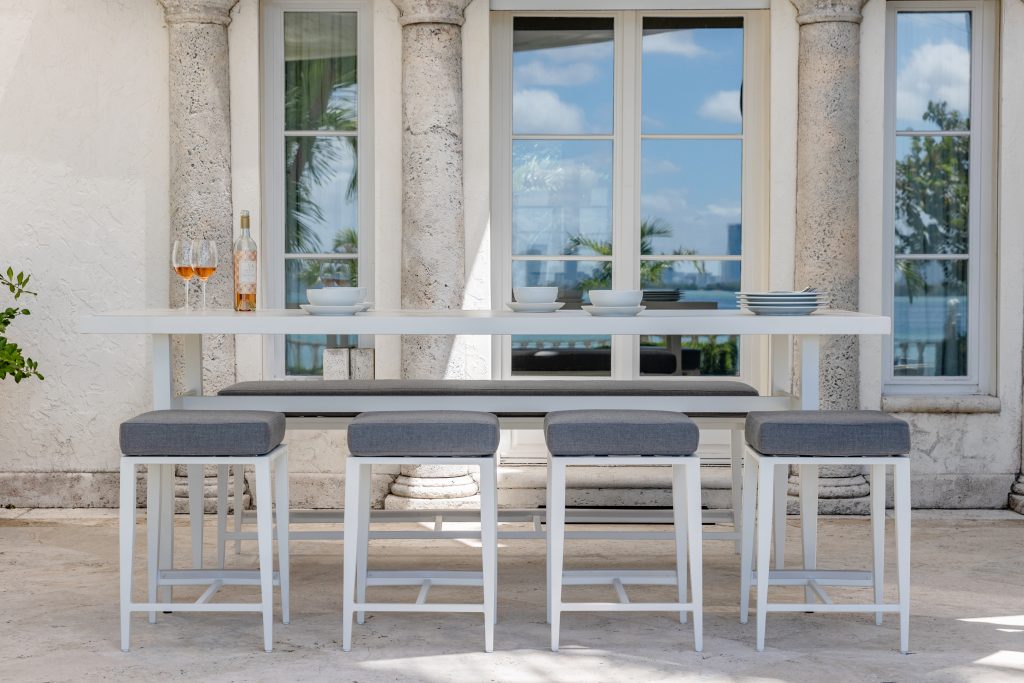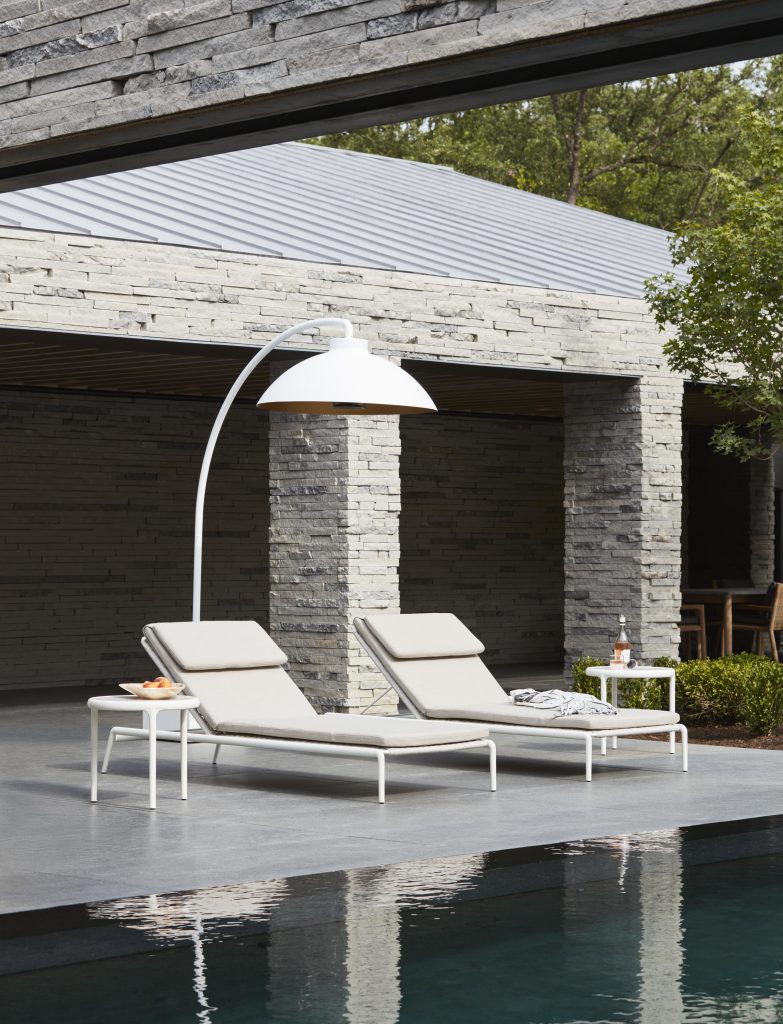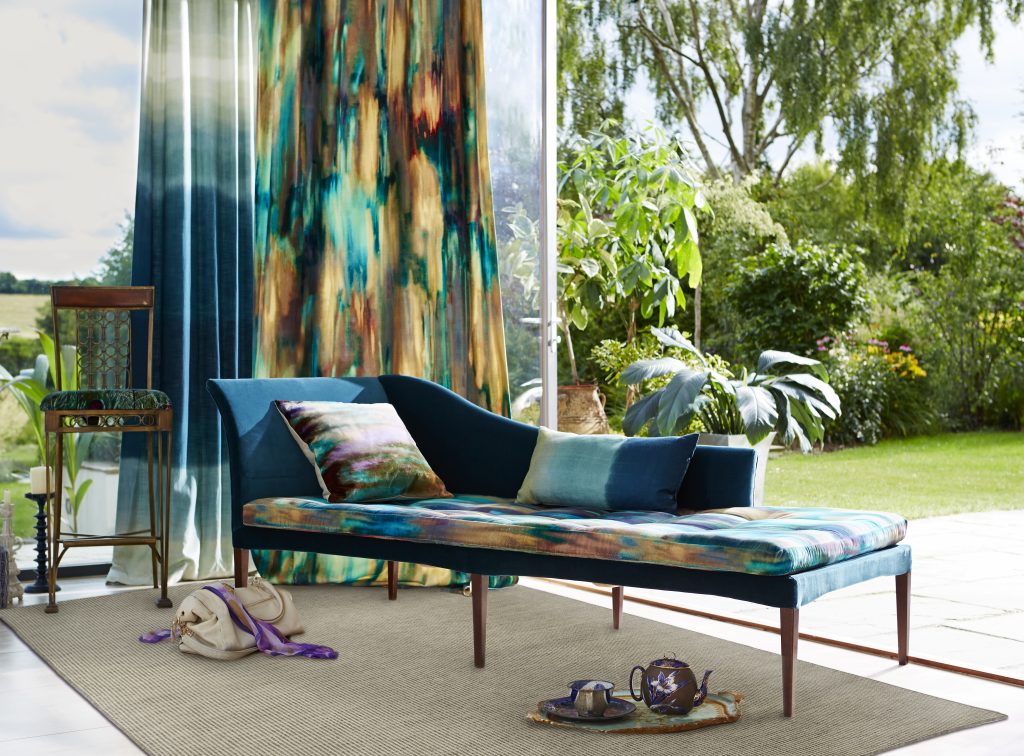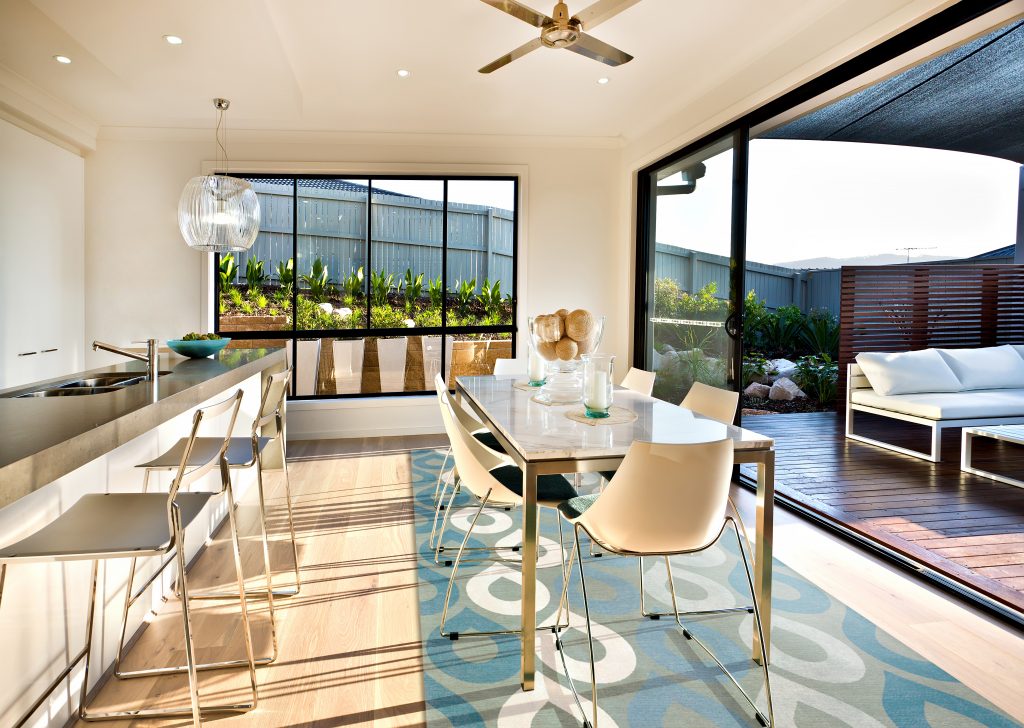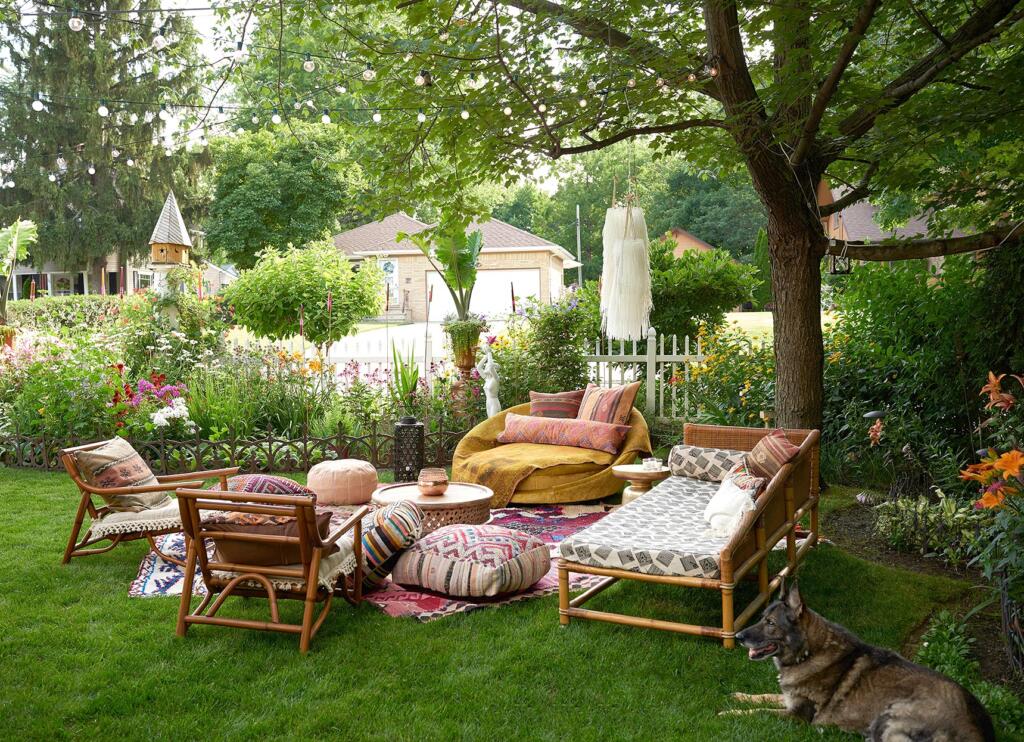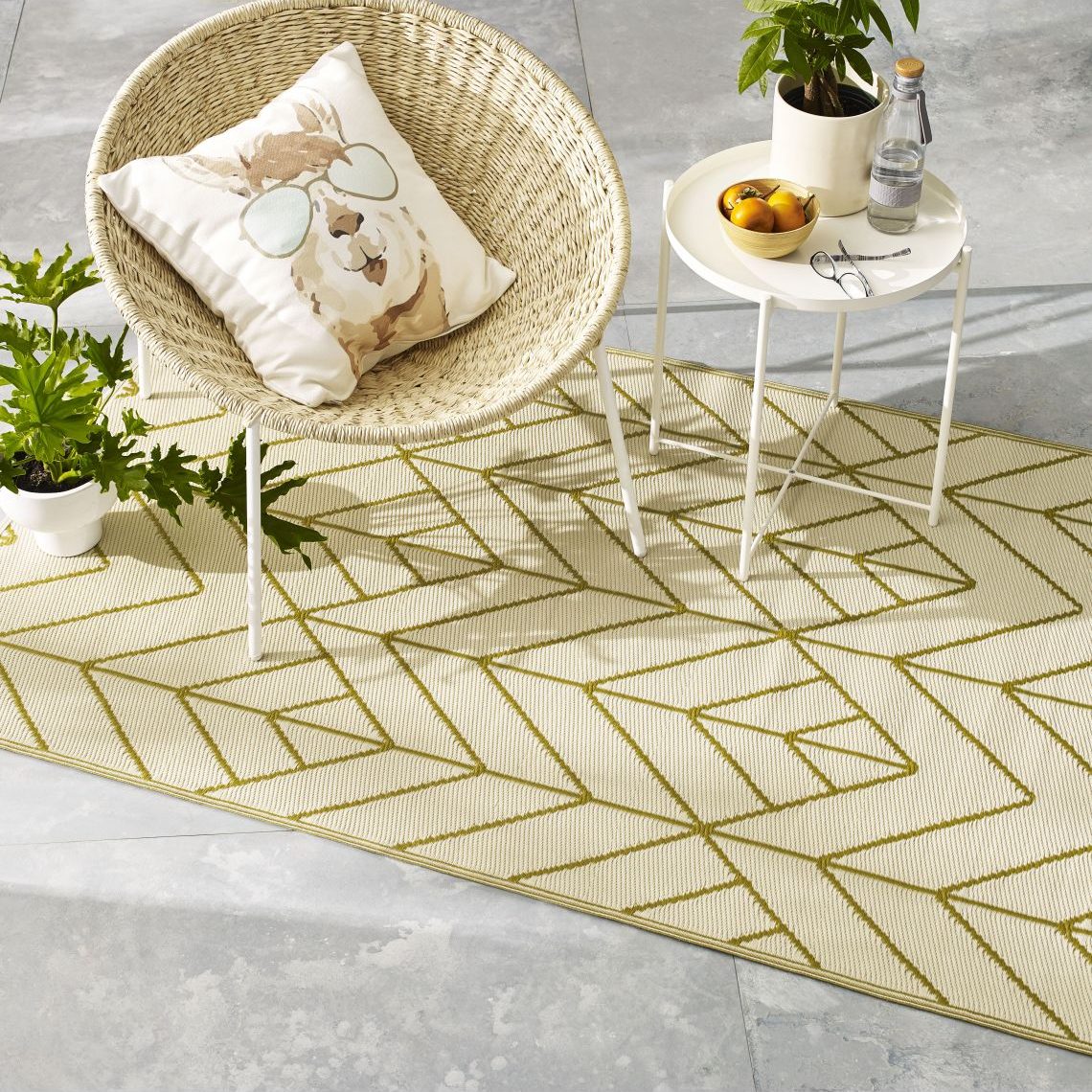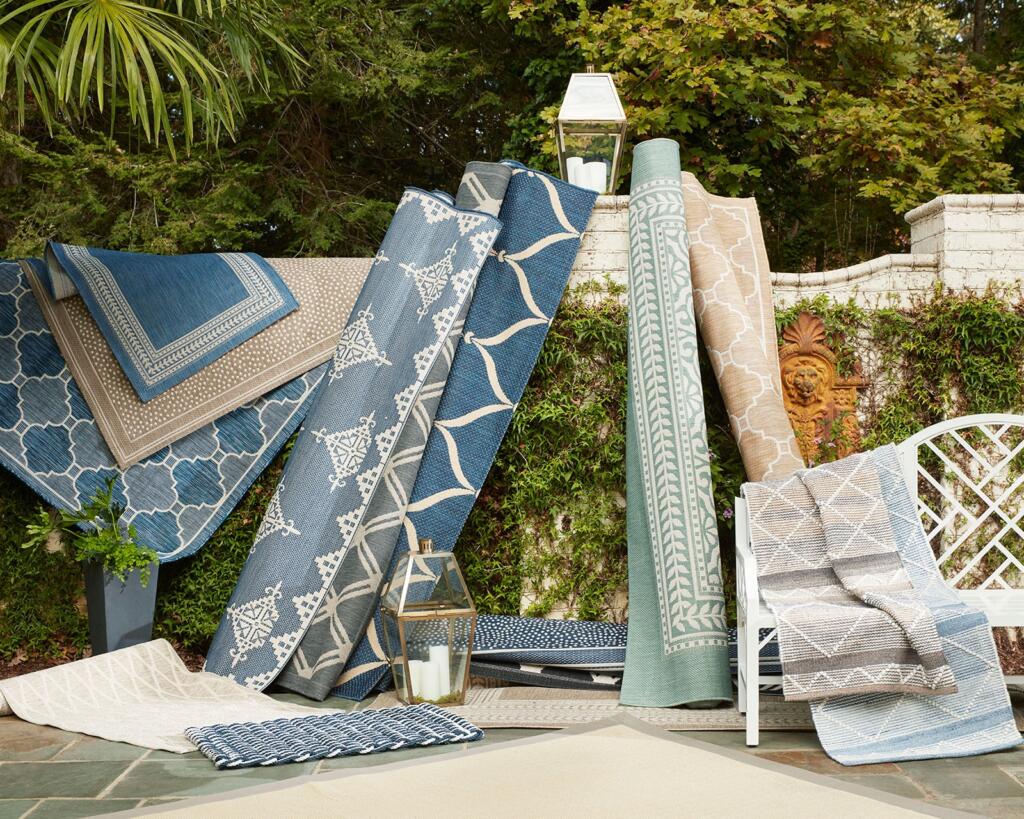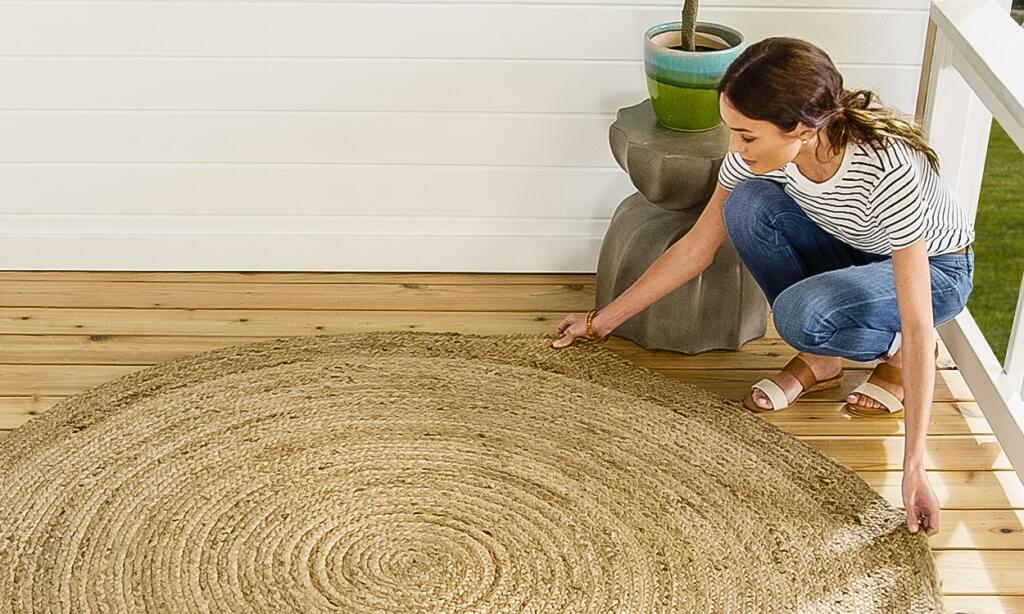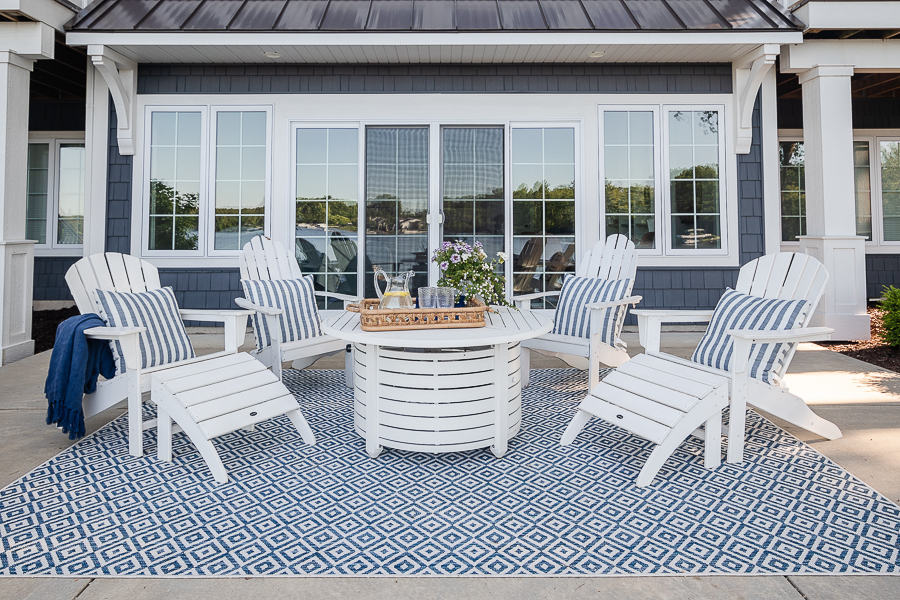Estimated reading time: 5 minutes
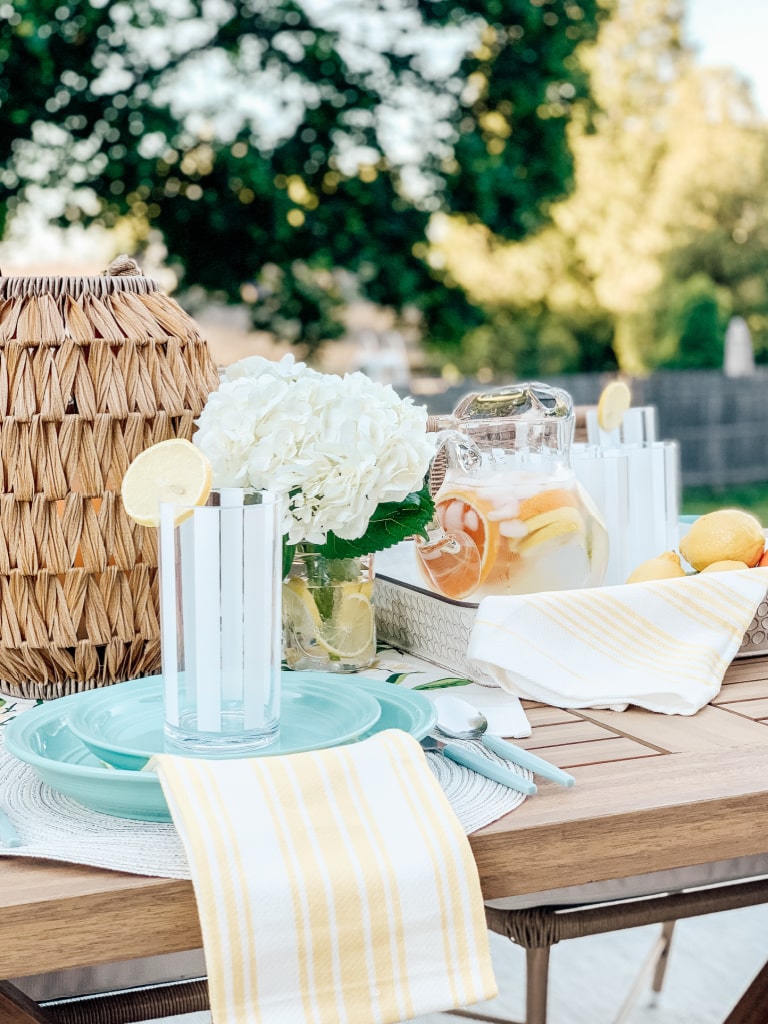
Al Fresco Dining – What Is It?
Al Fresco dining is not just your average outdoor dining experience. The name al fresco, meaning “In the fresh air,” comes from the Italian language. To put it in simpler terms, the phrase means outdoor dining. The al fresco style is casual and tends to feature simple décor. As the al fresco style is more prominent in the spring and summer months, it’s perfect for the lake lifestyle. So, if you want to turn your backyard into a dreamy al fresco lakeside escape, keep reading!
Plan the Menu

First and foremost, you will need to plan the menu. It is smart to offer a few appetizers, a main course, and a dessert. No meal is complete without dessert! Al Fresco dining is typically characterized by picnic or barbecue-like foods. This means refreshing, light foods that are easy to grab and go. Because the outdoor al fresco experience often includes games and entertainment, finger foods are a popular choice. You will want to offer something everyone will love, so it’s better to keep it simple and choose wisely. Grilled foods are another popular choice and often a springtime and summertime staple for lake lovers. Bring the kitchen outside and enjoy the beautiful view while you’re at it. As for drink options, the same applies. As you will be dining outside, it’s essential to have lots of water on hand and other refreshing drink options to quench your thirst. You could even accentuate the lake lifestyle by making a lake-inspired drink.
Set the Table
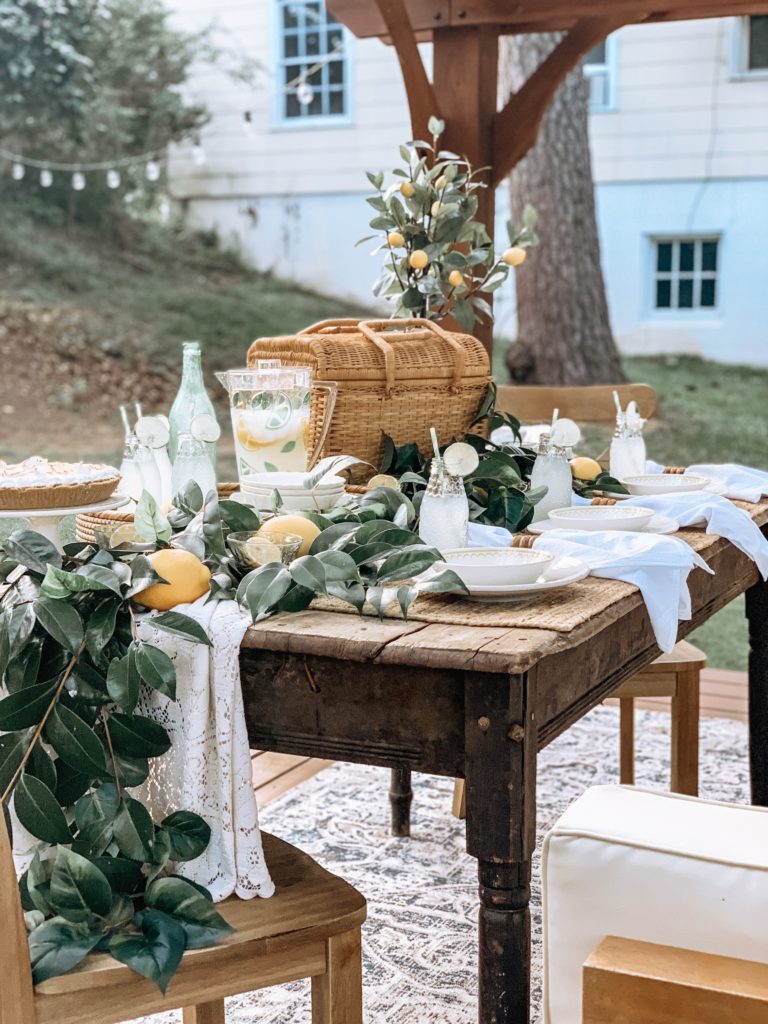
Another important aspect of al fresco dining is your tablescape. What is a tablescape? A tablescape is an artistic table arrangement grouping decorative objects, highlighting a showcased centerpiece. Though it sounds elaborate, it is simpler than it may seem. Common tablescape designs include tablecloths or runners, flowers, greenery, candles, lights, and plating. Try incorporating neutral or earthy tones to blend in with your natural surroundings at the lake. Not only will this make your tablescape look harmonious, but it will also be a theme you can use time and time again. Greenery is another easy way to spruce up your table design. Greenery and flowers will make your table look livelier. Try using greenery from your garden or around your lake house for a more personalized look. This can also be a fun activity for children.
Set the Mood
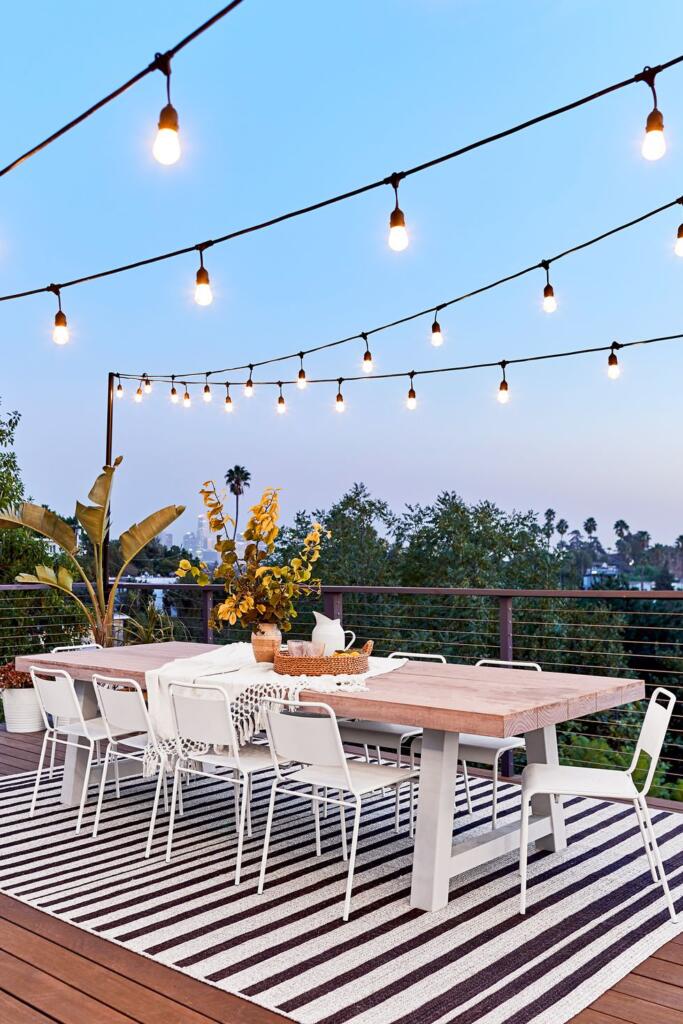
Define the experience you want to create with lighting. The type of lights you choose will generate an atmospheric mood for you and your guests. The al fresco style is fun, casual, and relaxing. Therefore, you will want your lighting to portray this when planning your lakeside al fresco dining. For example, brighter lighting exudes positive feelings that stimulate alertness, whereas dimmer lighting does the opposite and tends to bring about coziness and serenity. Fairy lights are an excellent choice for outdoor lakeside dining, as they trigger dopamine and a “feel good” response. Not to mention, they look beautiful along a lakeside.
Game On!
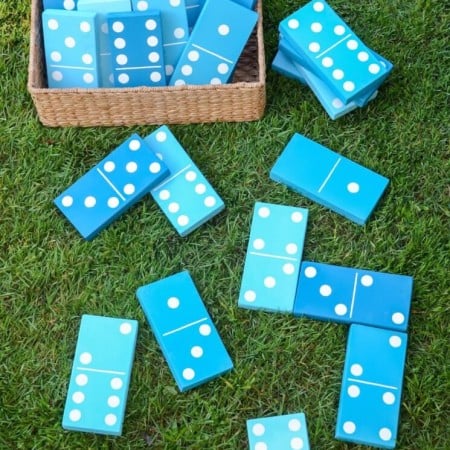
Music and lawn games are significant aspects of outdoor entertaining. Lucky for you, the lake lifestyle offers a variety of spaces and opportunities to do so. You will want to choose fun games that people of all ages can play. Lawn games like corn hole and bocce are easy to set up and great for outdoor entertaining. These games also offer an opportunity for socializing and mingling, allowing you to spend more time with your guests.
Music, like lighting, can be used to set the mood for your outdoor dining experience. Depending on what vibe you are trying to create, consider making a playlist or finding one online in advance. This way, you won’t have to worry about it during your event and you can spend more time enjoying the company of your guests.
When it comes to al fresco dining, feel free to make it your own. Regardless of what linens you decide on or what food and drinks you choose, you’re guaranteed to enjoy time with friends and family at the lake!

